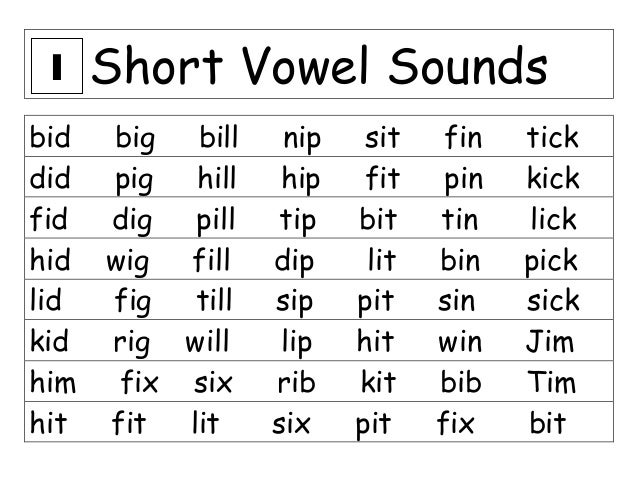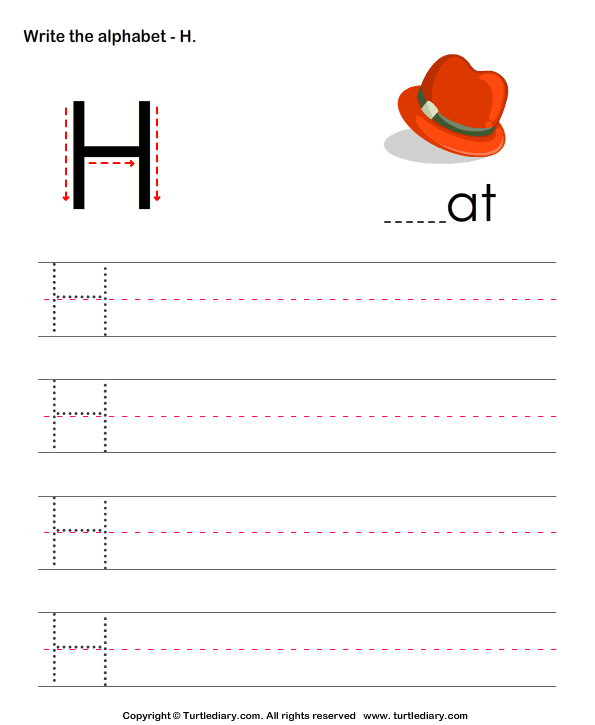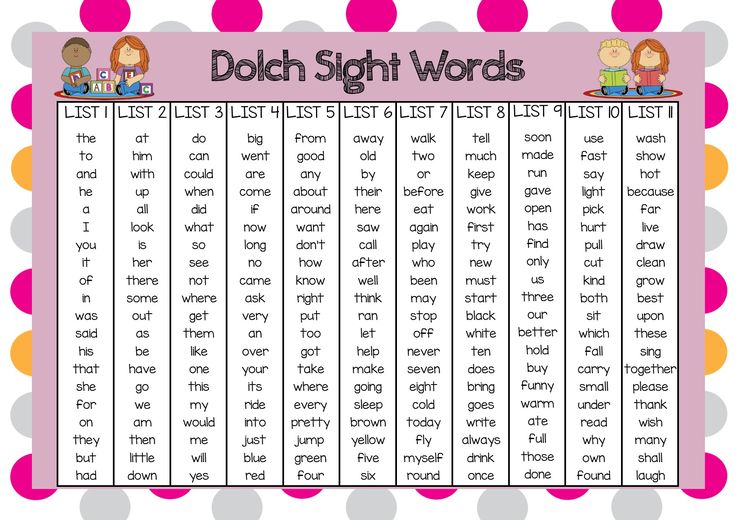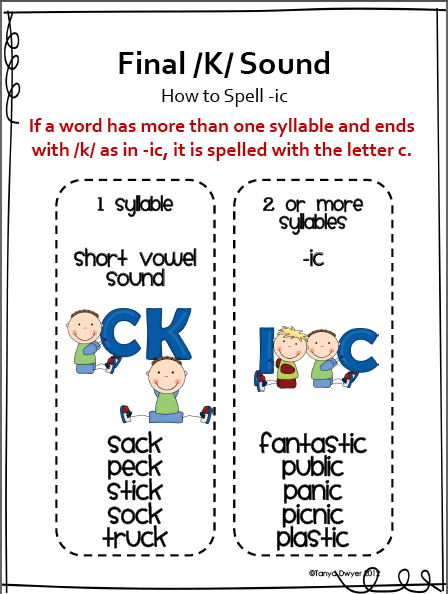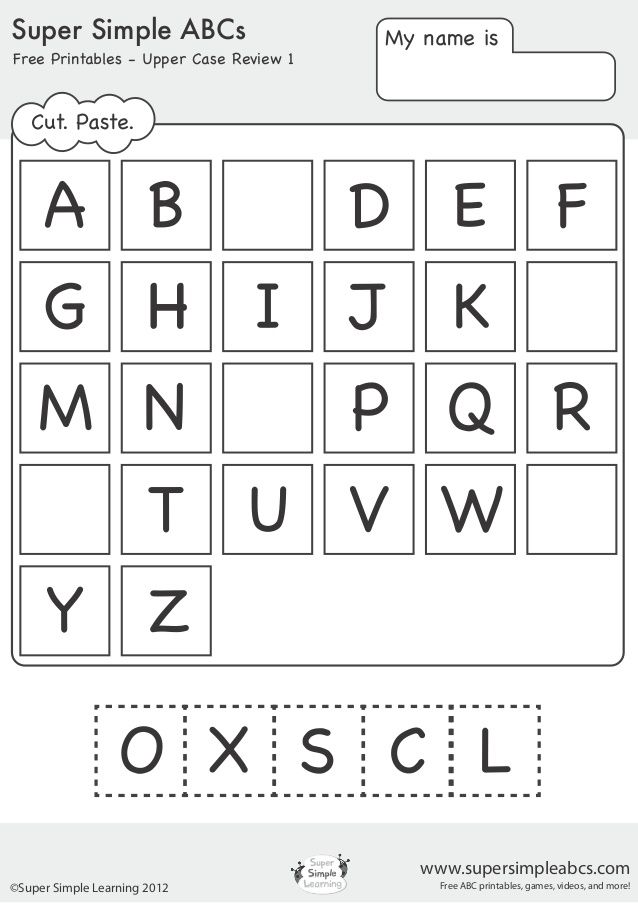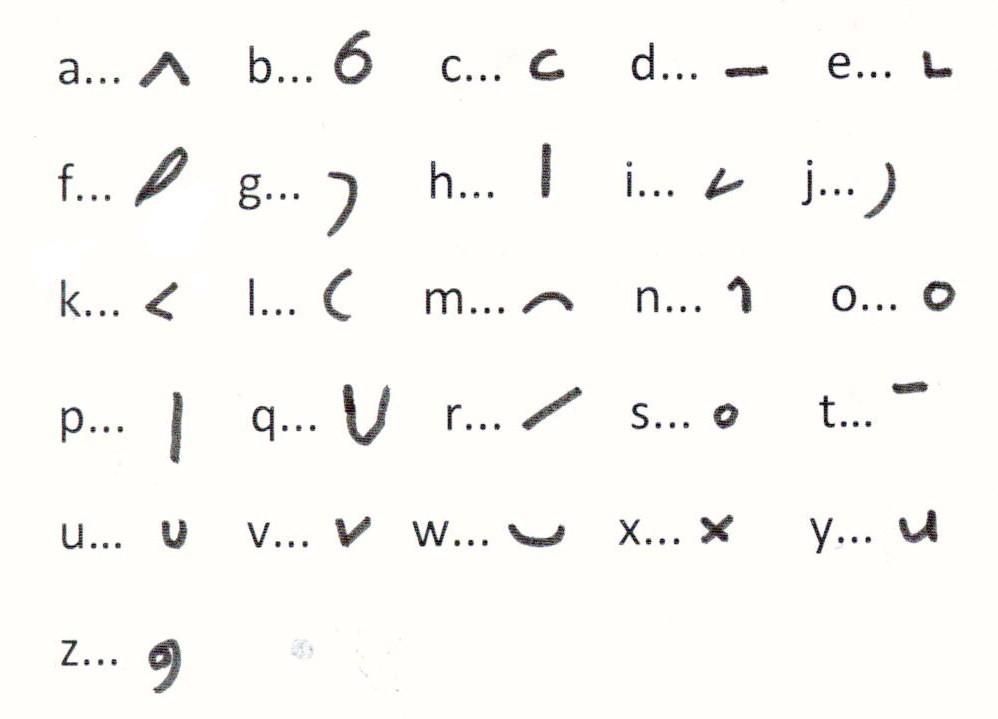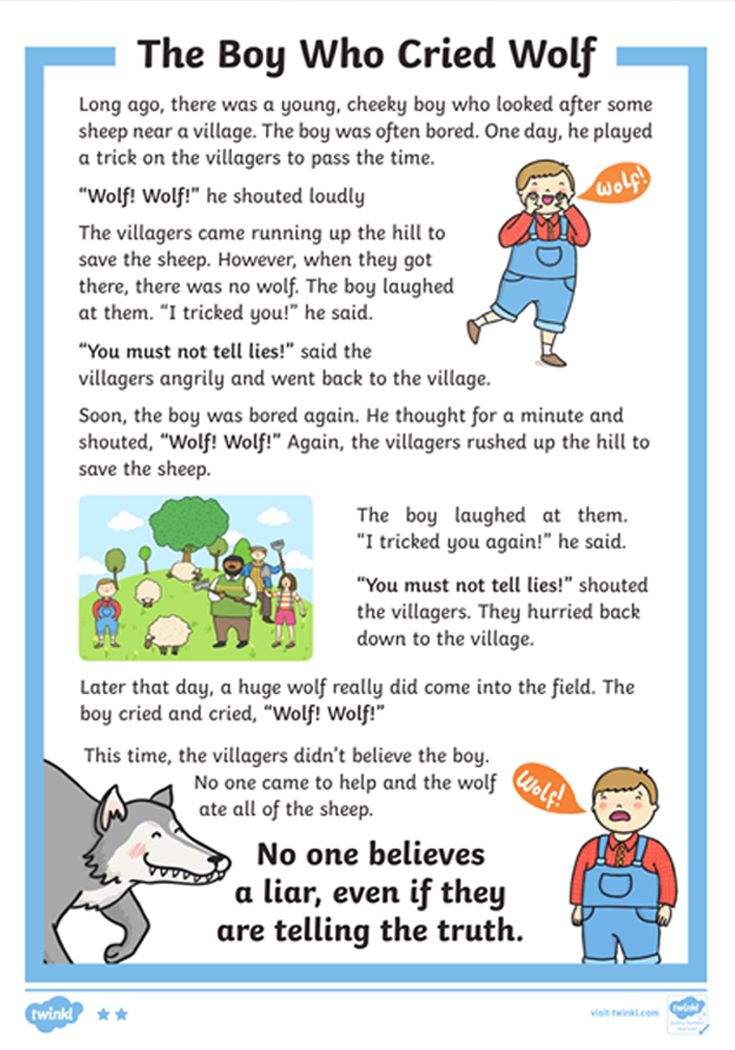Words with short a sound list
Short and Long A Vowel Sound Words List
We have 26 alphabets in English Grammar out of which 5 are vowels (a,e,i,o,u) and rest 21 are consonants. Pronunciation of every vowel is different from the other which gives rise to different types of sounds wherever they are used.
Today we are going to discuss about vowel ‘a’ and learn different sounds it produces whenever it is used in a word.
One of the first encounters for a student is this concept of long and short vowel sounds, such as ‘a’. Short a, written phonetically as /æ/, makes the vowel sound of a, as in cap, tap, fat and bat.
Following ESL phonics extensive list introduces students to “short a” and “long a” sound words.
Short ‘A’ Vowel Sound Words| act | apt | ask | bat | bad | bag | cat |
| cap | cab | dad | dab | dan | fan | fat |
| fad | gap | gab | gal | gas | ham | has |
| had | hat | jab | jam | lab | lad | lag |
| lap | man | mad | mat | map | nap | pan |
| Pam | pad | pal | ran | ram | rag | rat |
| Sam | sad | sag | sat | sap | tab | tan |
| tad | tag | tap | van | vat | yam | zap |
| Actor | Album | Camel | Dagger | Factory | Hammer | Atlas |
| Panic | Rabbit | Saddle | Bandit | Ladder | January | Active |
Carefully go through the words given in above table and try to pronounce them. You’ll observe a pattern that we don’t have to stress on the vowel ‘a’ therefore we hear a soft ‘a’ sound.
Notice all three-letter words and vowel ‘a’ which is used between two consonants, these types of words are called CVC words.
Now Let us move to the long ‘a’ vowel words section where you would have to stress the vowel ‘a’ to pronounce the words correctly.
Long ‘A’ Vowel Sound WordsThe long /a/ sound is pronounced like the word ‘Alien’. It is quite similar to sound what you hear in words like “Acorn” or “Apron.”
There are four ways of spelling Long ‘a’ sounds:
1. Using Letter A: You can spell the long /a/ sound with just the letter a.
| Alien | Agent | Apron | Acorn |
| Basic | Data | Fatal | Basin |
2. Using Split Digraph A _ E : These words spell the long /a/ sound using a split digraph a_e where a is in the middle of the word and an e at the end of the word.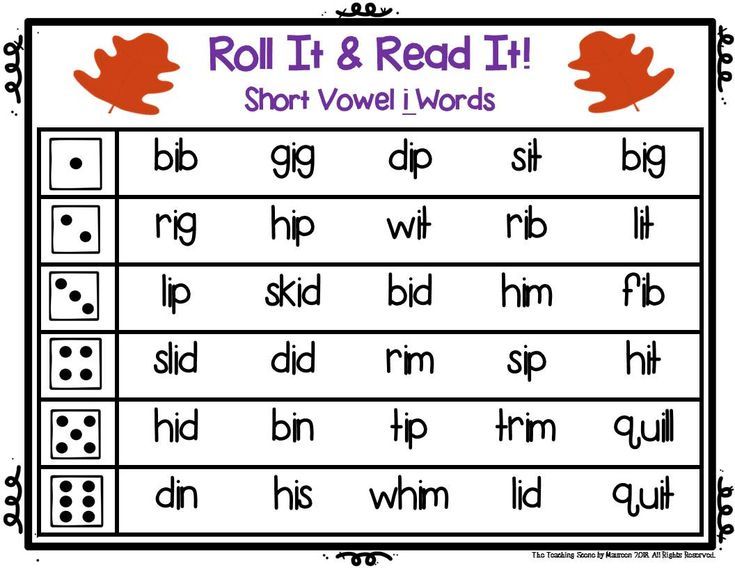
| Bake | Cake | Shake | Make | Fake | Snake |
| Fade | Made | Maid | Laid | Shade | Kate |
| Same | Fame | Name | Game | Lame | Flame |
| Cane | Mane | Main | Lane | Insane | Plane |
3. AI and AY Words: The long /a/ sound is spelled with the letters ai and ay, at the end of some words.
| Aim | Fail | Snail | Pain | Chain |
| Stain | Vain | Paint | Faint | Waist |
| Claim | Sail | Tail | Wait | Strain |
| Day | Hay | Lay | Pay | Ray |
| Tray | Stay | Sway | Play | Pray |
4. Using EI Words: The long /a/ sound is spelled with the letters ei usually at the middle of the word.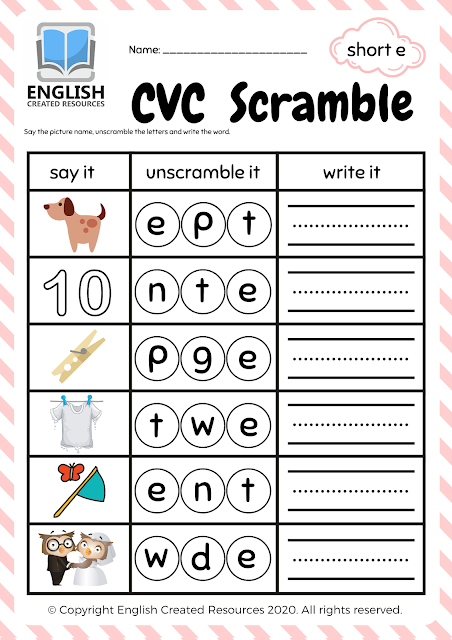
| Reins | Vein | Veil | Reign | Neigh |
| Weigh | Sleigh | Eight | Freight | Weight |
Notice that whenever you pronounce these words you’ll hear a sharp ‘a’ sound that is why they are called Long ‘a’ vowel words.
We hope you have found this post useful for your child. Practice sounding out these words to help your child build his/her phonics skills.
Keep exploring EnglishBix to find more resources related to Elementary Grades.
Quick Links
List of Short Vowel Words
DESCRIPTION
pig illustration with list of short vowel words examples
SOURCE
Bullet_Chained / iStock / Getty Images Plus / via Getty created by YourDictionary
PERMISSION
Used under Getty Images license
The English language provides a list of short vowel words that seem to be never ending.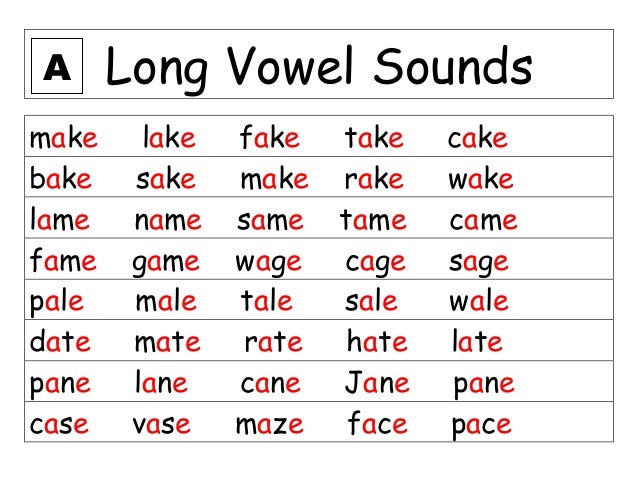 A short vowel word is any word that doesn't allow the vowel within it to generate that vowel's long vowel sound.
A short vowel word is any word that doesn't allow the vowel within it to generate that vowel's long vowel sound.
For example, the word "bug" is a short vowel word because there's no long "U" sound. A word doesn't necessarily have to have three letters to be a short vowel word, but it makes for the easiest example and three-lettered words make up the bulk of any list of short vowel words. Let's take a look.
Short Vowel Sounds in Words
Here's the reason why words with only three letters typically make the short vowel sound. Three letters usually don't allow for a second vowel to force the long vowel sound out. Exceptions include words like "bee" or "tea."
These words use a second vowel to force the long vowel sound from the first one, while other words like "ant" or "mat" use the placement of consonants to force a short vowel sound.
But, here's an important point to keep in mind. The words listed below are short vowel sounds, not short vowel spellings.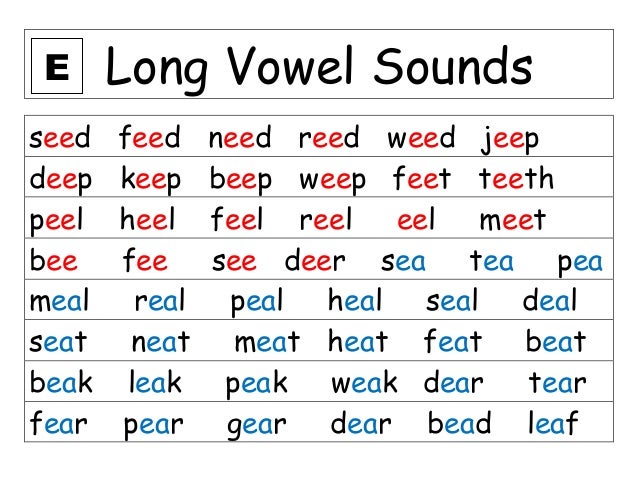 That is, just because a word is short, doesn't mean it will automatically have a short vowel sound. And vowel as written doesn't always correspond with the sound it makes. Take the word "pretty." The E is sounded like a short I, and the Y is sounded like a long E. Phonetically, it sounds more like "prit-tee," not "pret-tai."
That is, just because a word is short, doesn't mean it will automatically have a short vowel sound. And vowel as written doesn't always correspond with the sound it makes. Take the word "pretty." The E is sounded like a short I, and the Y is sounded like a long E. Phonetically, it sounds more like "prit-tee," not "pret-tai."
Likewise, we can't assume a long word will automatically have a long vowel sound. Let's look at the word "business." The U and E in "business" are also sounded like a short I, and the I is silent altogether. Phonetically speaking, we don't pronounce it "buss-eye-ness." It's more like "biz-niss." With that in mind, let's explore more short vowel words, sorted by letter.
Short "A" Words
The short A sound is what you hear in words like "bat" or "map." Here are some other great examples of words with the short A sound.
act | apt | ask | bat | bad | bag | cat |
cap | cab | dad | dab | Dan | fan | fat |
fad | gap | gab | gal | gas | ham | has |
had | hat | jab | jam | lab | lad | lag |
lap | man | mad | mat | map | nap | pan |
Pam | pad | pal | ran | ram | rag | rat |
Sam | sad | sag | sat | sap | tab | tan |
tad | tag | tap | van | vat | yam | zap |
Short "E" Words
The short E sound is what you hear in words like "gem" or "hem.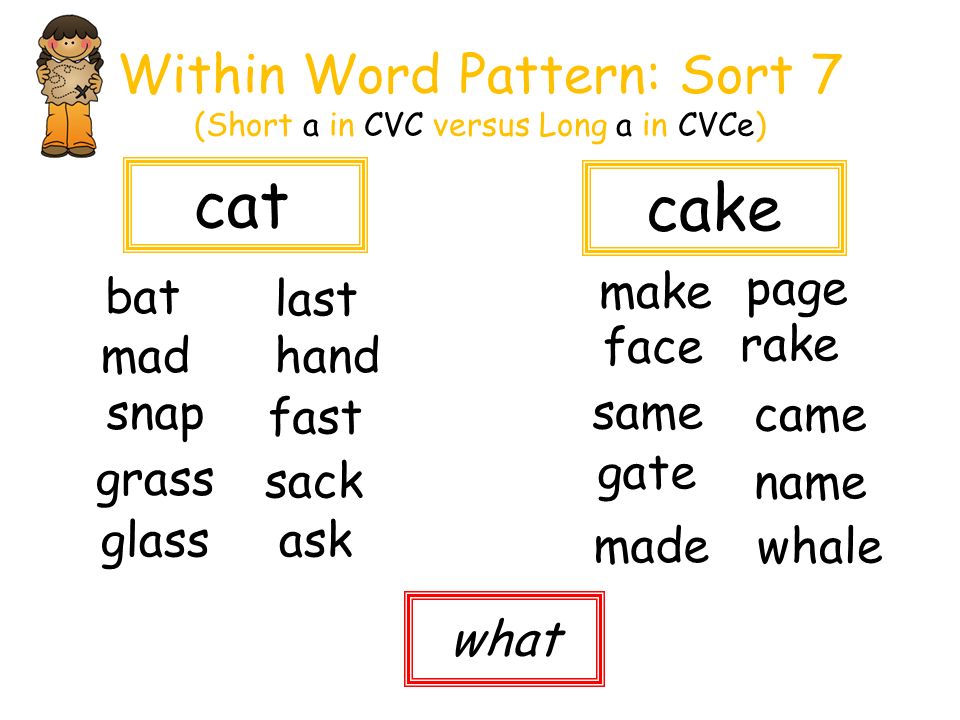 " Here are some other great examples of words with the short E sound.
" Here are some other great examples of words with the short E sound.
ben | bed | beg | bet | den | fed |
gem | get | gel | hen | hem | jet |
keg | led | leg | let | men | met |
net | pen | peg | pet | red | set |
ten | Ted | vet | yet | wed | wet |
Short "I" Words
The short I sound is what you hear in words like "dim" or "fib." Here are some other great examples of words with the short I sound.
bin | bid | big | bit | dim | did |
dig | dip | fin | fig | fit | gin |
gig | him | his | hid | hit | hip |
jib | jig | kin | kid | kit | lid |
lit | lip | nip | pin | pig | pit |
rim | rid | rig | rip | sin | sit |
sip | tin | tip | win | wit | zip |
Short "O" Words
The short O sound is what you hear in words like "con" or "nod.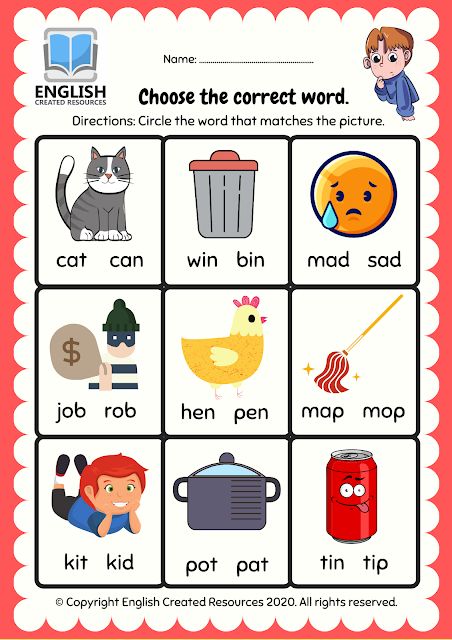 " Here are some other great examples of words with the short O sound.
" Here are some other great examples of words with the short O sound.
bog | bop | con | cod | cog | cot |
cop | don | dog | dot | fog | god |
got | hog | hot | jog | jot | lob |
log | lot | lop | mob | mom | mop |
nod | not | odd | pod | pop | pot |
rod | rot | sod | Tom | tot | top |
Short "U" Words
The short U sound is what you hear in words like "bus" or "hum." Here are some other great examples of words with the short U sound.
bun | bum | bus | bud | bug | but |
cud | cut | cup | dug | fun | gun |
gum | Gus | gut | hum | hug | hut |
jug | jut | lug | mug | nun | nut |
pun | pug | pup | rub | run | rum |
rug | rut | sub | sun | sum | tug |
List of Short Vowel Words Printable
Click to View & DownloadUsing Short Vowel Sounds
Though the above list of words with short vowels is incomplete, you can use it to understand the basic usage for the short vowel sounds.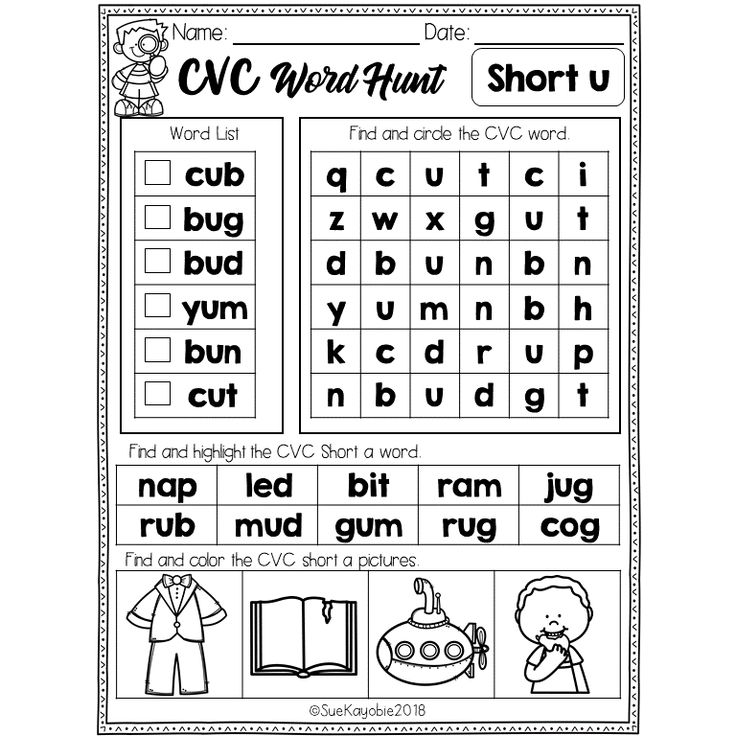 These short vowel sounds are often used in larger words as well. You might see them in words that also contain long vowel sounds, or even in two-lettered words, like "in," "it," and "at." Longer words, such as "magistrate" or "fascinate," use both short long vowel sounds.
These short vowel sounds are often used in larger words as well. You might see them in words that also contain long vowel sounds, or even in two-lettered words, like "in," "it," and "at." Longer words, such as "magistrate" or "fascinate," use both short long vowel sounds.
Some words use the short vowel sound and the long vowel sound, depending on the tense of the word. Words like "read," for example, are pronounced as the long vowel sound when the tense is present. For example, "We are reading this list of short vowel words."
However, when the tense is changed from present to past tense, the long vowel sound is taken away and the short vowel sound is introduced in the same word. For example, "I read the list of short vowel words, and understand much better now."
Pronunciation Pros
If you're teaching short vowel sounds to little learners, practice makes perfect. If you're teaching ESL students, here are some tips and resources for teaching ESL pronunciation. And, when you're ready for the flip side of the coin? Take a look at these examples of long vowel words too.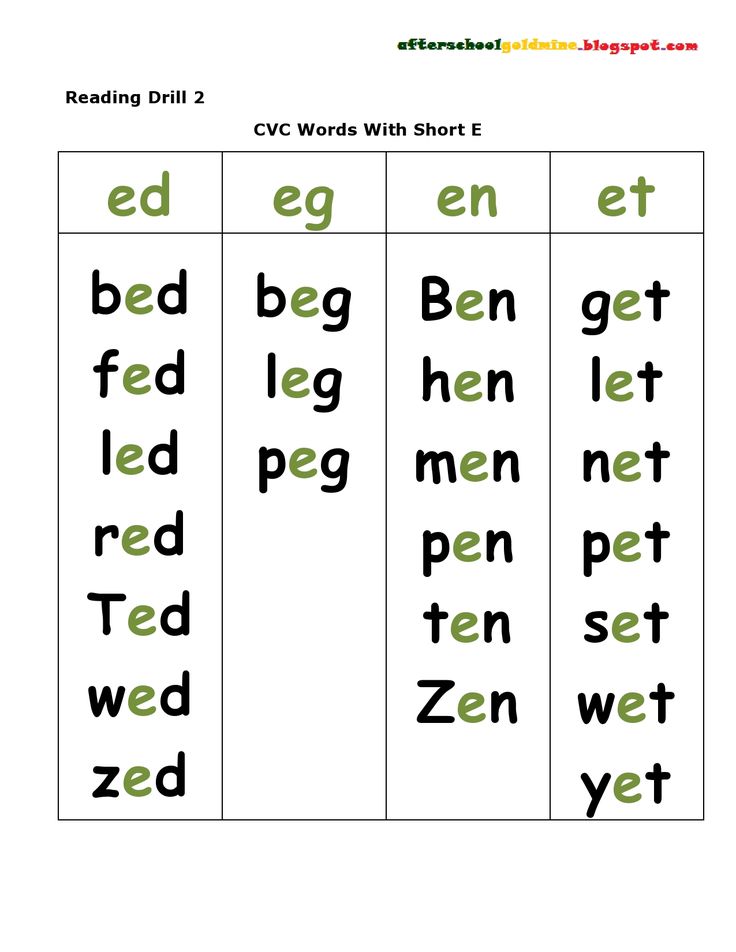 You might also want to explore when "y" is a vowel.
You might also want to explore when "y" is a vowel.
Complete Guide to Reading and Pronunciation
Welcome to our Telegram channel: short lessons on the most important conversational phrases with examples and exercises. Learn English with pleasure. Subscribe >>
This article will help you understand the peculiarities of the pronunciation of English sounds, and what combinations of letters they can be expressed in writing.
English pronunciation
English often sounds more dynamic than smoother Russian. It is slightly faster (about 10% - 15%, according to various studies), and sometimes it seems to us that not all words are pronounced in fast speech.
If you have difficulty understanding English by ear and want to hear English better, come to our free training "How to learn to understand English by ear". Registration is open!
Despite the fact that the languages come from the same Indo-European family - which means that they are based on the same pronunciation system - there are a number of significant differences in the pronunciation of Russian and English sounds, words and phrases.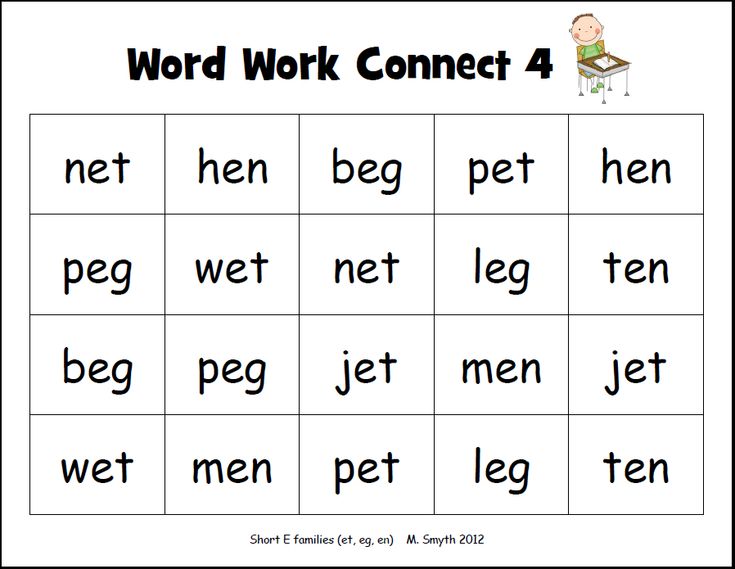
Important features of English pronunciation (compared to Russian)
English has more vowels than Russian. They are usually pronounced with less lip tension.
We have 6 of them: [a], [y], [o], [e], [i], [s], in English there are 12 of them: /ɪ/, /ɪː/, /ʌ/, / ɑː/, /æ/, /ɛ/, /ɜː/, /ɒ/, /ɔː/, /ʊ/, /ʊː/, /ə/.
English sounds usually have two variants:
short and long: /ɪ/ and /ɪː/, /ɒ/ and /ɔː/, /ʊ/ and /ʊː/
light and deeper: /ʌ / and /ɑː/
open and closed: /æ/ and /ɛ/
Unique English vowel sounds:
/æ / - a cross between A and E
/ɜː/ (soft O) - a cross between O and Y
/ə/ - weak schwa (extremely weak sound, something the middle between A, O, E - pronounced in most unstressed syllables).
Our compound vowels E [ye], Yo [yo], Yu [yu], Ya [ya] are absent in English, but there are diphthongs.
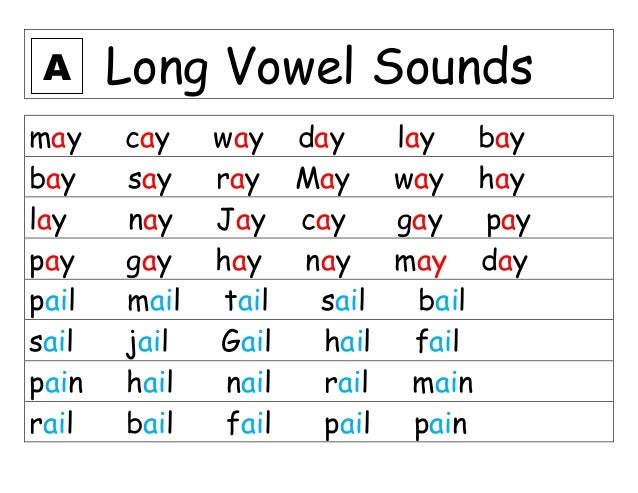
English diphthongs are double sounds /aɪ/ ( Time ), /Eɪ / (Space) , /ɔɪ / (Boil) , /ɛə / (Care) , /əʊ / (KNOW) , /Aʊ / (now) , /ɪə/ (fear) , and /ʊə/ (cure) .
The first sound of the diphthong is pronounced more clearly than the second. That is why we often hear poorly or confuse words with diphthongs when listening.
English consonants often differ in their pronunciation even of sounds similar to Russian.
There are as many as 36 consonants in Russian (with 21 letters), but in English there are only 24. It is important to remember that even similar sounds (for example, /p/ or /d/ are pronounced differently than in Russian - see details in table below ).
Unique English consonant sounds:
/w/ semi-vowel, somewhere between U and B
/ð/ and /θ/ З (Ф and С in deaf variation)
/ŋ/ - nasal Н
The main difference between the pronunciation of Russian and English consonants is that in Russian we often deafen the final consonants (for example, the words year and goth may sound the same), and this does not happen in English.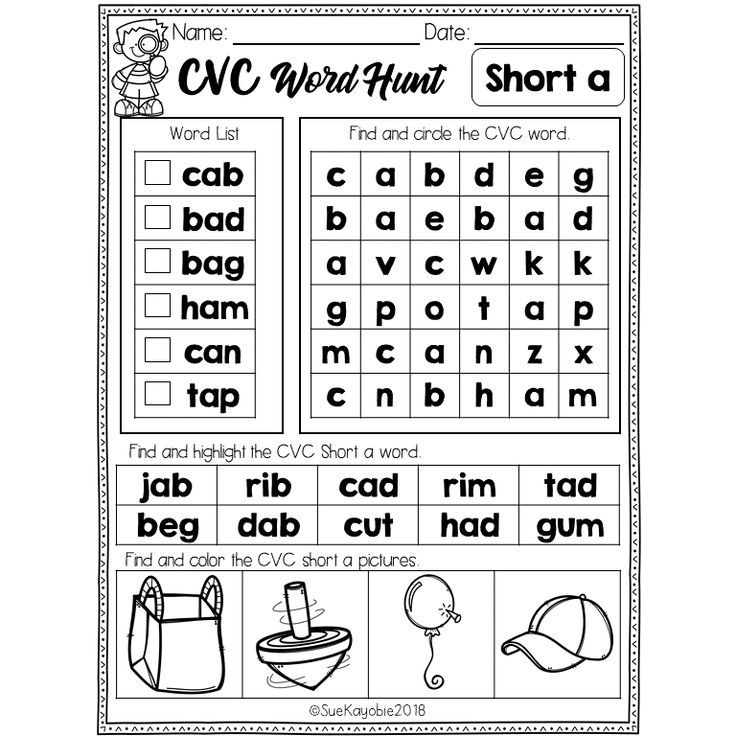 It is important to remember this, as we can confuse word pairs (for example, bed - bet ) and hear final consonants badly.
It is important to remember this, as we can confuse word pairs (for example, bed - bet ) and hear final consonants badly.
The so-called "clusters" - combinations of several consonants within or at the junction of words. Words like three, sixth , and others can cause pronunciation problems.
I recommend using the interactive sound table or the Cambridge mobile app to practice pronunciation of sounds and improve accent.
The same letter can represent several sounds depending on the position in the word.
The most important difficulty in learning English is mastering its rules of reading.
Despite the fact that there are only 26 letters in the English alphabet (as opposed to 33 in Russian), learning to read words and phrases in English is not easy.
1/ Vowels in the alphabet have a so-called "open" pronunciation, different from other European languages.
How to Read the Sounds of the English Alphabet2/ The vowel sounds in stressed words are read differently depending on the type of syllable they are in.
3/ Unstressed vowels are pronounced with a very weak schwa /ə/ sound.
This sound is so weak that we often cannot hear it. In our English pronunciation, we often pronounce it too intensely.
For example, the word vegetable is not pronounced VEGETABLE with the same intensity of all sounds, but /vedʒt(ə)b( ə )l/ , that is, after a clear stressed syllable VE come reduced syllables, all the sounds of which are read with schwa and are almost inaudible (and often not audible at all).
I will tell you more about this feature of English stress in the article “How to learn to understand English by ear”.
4/ Many vowels and consonants are written with letter combinations to remember.
Mistakes in pronunciation lead to problems in listening to fast English speech. I recommend purchasing our "Complete Guide to the Rules of Reading" . It will help fill gaps in your knowledge of pronunciation rules and help you avoid common mistakes.
Lips slightly stretched in a semi-smile, tongue in front of the mouth. Pronounce the Light I.
I F, F I LM, h I S
E at the ends of
DANC E S, Start E 6 D
W O MEN
E
E NGLISH, D E Cide
vill a ge, chocol a te
Lips slightly stretched, tongue in front of mouth.
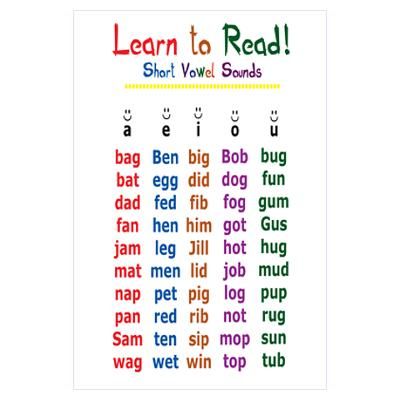 We pronounce a long I. We do not strain our lips.
We pronounce a long I. We do not strain our lips. S EE , SL EE P
Most of the words with EA
S EA , R EA 9000 D, E A T, PL EA SE
e open syllable
tr ee , b E , Th E SE
MACH I NE, POL I CE
F IE 9000 LD, P IE CE, Ach IE VE
EI
REC EI VE
EY at the end of
K EY , HOKK
EO oli EO olig eo ple
Lips slightly stretched, tongue in front of mouth.
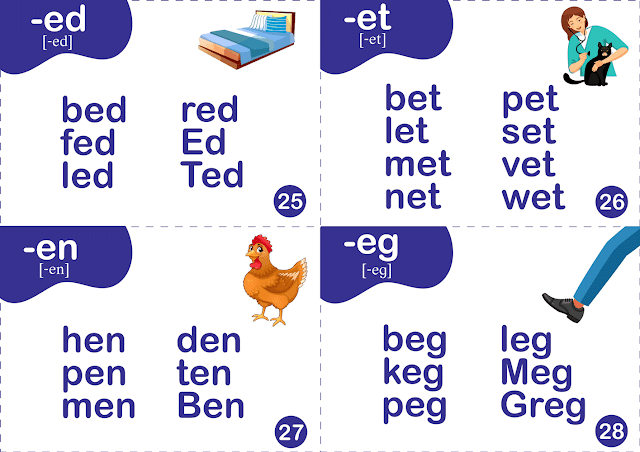 We do not lower the jaw. Say the closed E.
We do not lower the jaw. Say the closed E. E GG, b E T, W E NT
D EA 9000 D, BR EA TH
a
a ny, a te, s ay s, s ai0005 U
b U Ry
FR IE ND
L EI 9000 Sure
pl ai t
Do not strain your lips slightly. Say the light A
B U S, M U ST, F U NNY
ou
y OU NG, TR OU BLE
OUGh / ʌf /
EN OU GH, R OU 9000 GH
Some OO
BL 9000 OO D, FL OO 9000 OO 9000 OO 9000 OO 9000 OO 9000 OO 9000 OO 9000 OO 9000 OO 9000 OO 9000 OO
UL at the beginning of the words
U Ltimate, U LTIMATUM
Make a long one, but at the same time the company is widely opened.
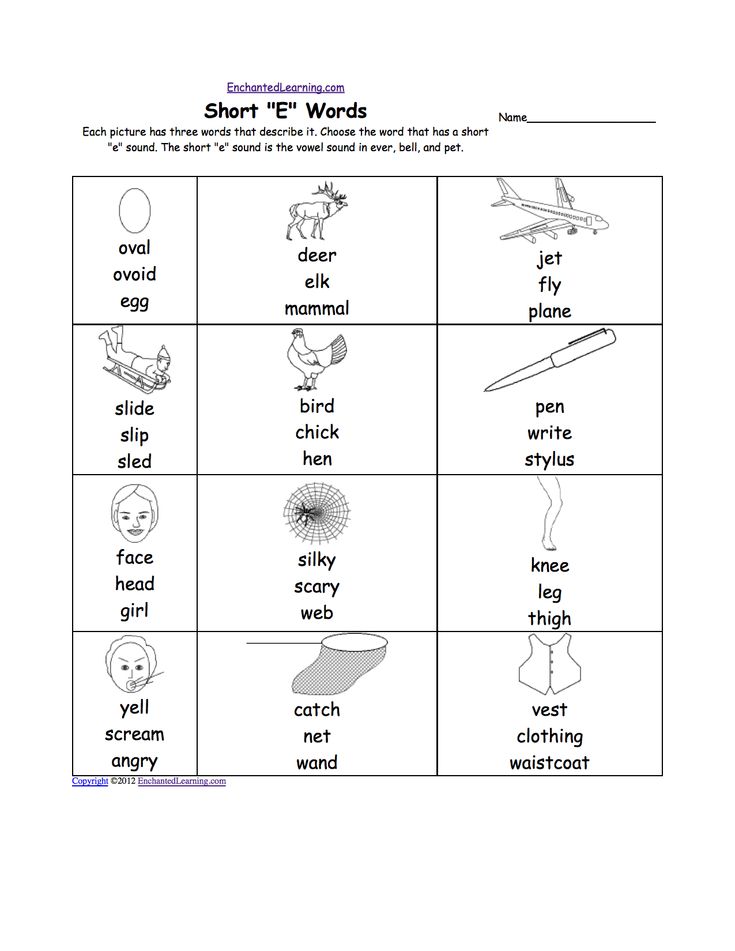 The tongue is moved away from the lower teeth, the base of the tongue is slightly raised. Sensation as if there was something round in the back of the mouth.
The tongue is moved away from the lower teeth, the base of the tongue is slightly raised. Sensation as if there was something round in the back of the mouth. C AR , C AR D, AR TIST, P AR 9000 K
F A Ther A Ther
EAR
H EAR T
sometimes AU
AU NT, L AU
H O T, SP O T, D O G
-CK
CL O CK O CK
O + Double consonant
b O TTLE
A after W, WH, QU
W A NT, WH A T, QU A Lity
9AT bec au se
ow
kn ow ledge
Pronounced drawlingly, as it is stressed, but the position of the lips in Russian is less tense than.
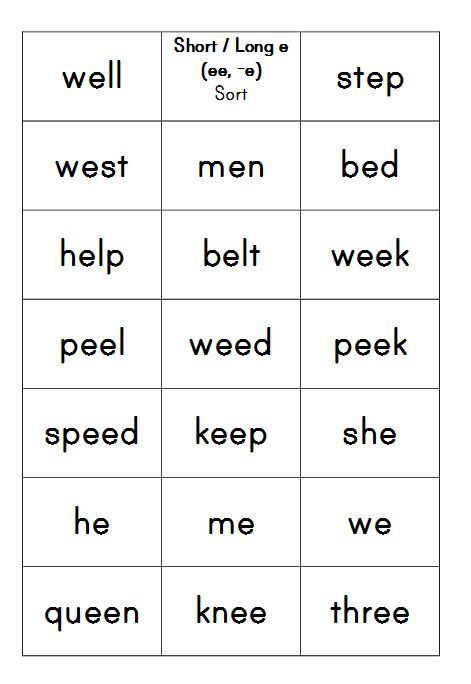
H Or SE, SP Or T, Res Or T
B OAR 9000 d
9000 l w , l w n
Most AU
AU GUST, P AU SE, AU DIO, D AU 9000 GHTER
A LL, W A TER TER TER TER TER TER AR AR After W, QU
W AR , W AR N, QU AR TER
D OORA , FL Oor
9000 OUR
F 9000 OUU , c our t
Ough + consonant
b Ough T, BR OUGH T, Th OUGH T 6
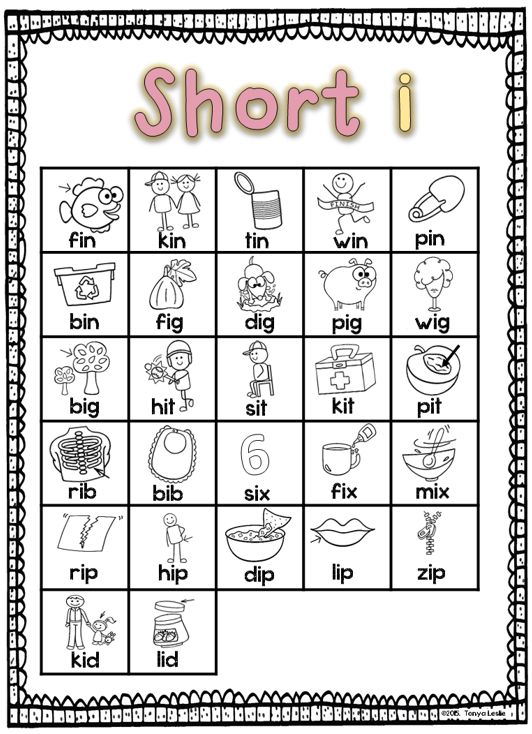 We pronounce something between O and Y. The feeling is as if we are holding a straw from a cocktail in our mouth, but we do not push our lips forward.
We pronounce something between O and Y. The feeling is as if we are holding a straw from a cocktail in our mouth, but we do not push our lips forward. h ER, V ER B
G IR L, F IR ST
F UR UR UR 9000, T UR UR
W or D, W Or K, W Or LD
OUR + Consistent
OUR NEY, C OUR TESY
EAR
l ear n, ear th
Slightly less lip tension than in Russian. The back of the tongue is slightly raised. The lips are rounded, but slightly. Pronounce the long U.
F OO D, M OO D
9000 U in open syllable
M U 9000 Sic, S UI 9000 T
U in words with words with with words end mute e
t u ne, J u ne, bl U E
EW
CH EW
D O , M O VE, SH O E
9000
9000 9000 9000 9000 ° C.
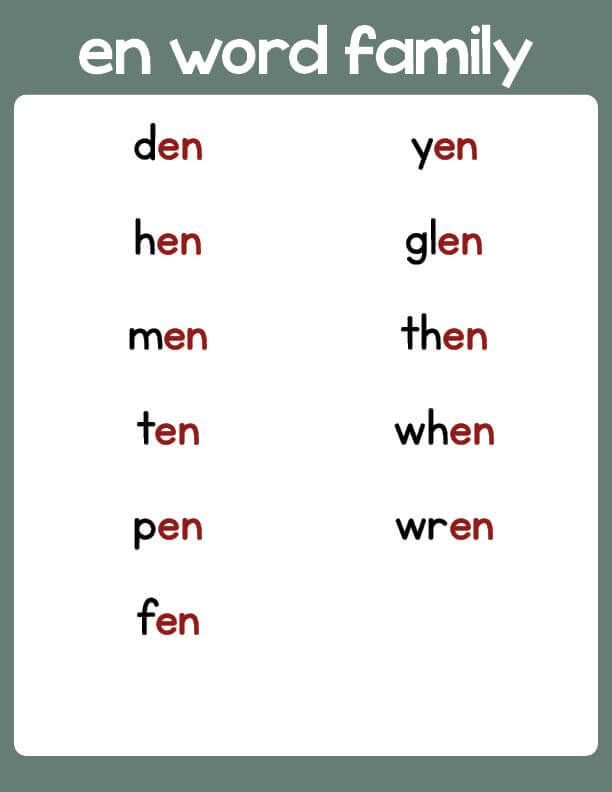 P, ThR OU 9000 GH
P, ThR OU 9000 GH UI
J UI CE
EAU
B EAU TIFUL 6
B OO K, G OO D
U
P U T
9000 OU 9000 9000 ° C 9000 ° LD 9000 LD 9000 LD 9000 LD 9000 LD 9000 LD 9000 OU 9000 OU 9000 OU 9000 OU 9000 OU 9000 OU 9000 OU 9000 OU 9000 OU 9000 OU 9000 OU 9000 OU 9000 OU 9000 OU 9000 OU 9000 OU 9000 OU 9000 OU 9000 OU 9000 OU 9000 OU 9000 OU 9000 OU 9000 OU 9000 OU 9000 OU 9000 OU 9000 OU 9000 OU 9000 OU 9000 OU 9000 ° B 9000 $
W O MAN
FIFTONGI
| Sound | Proceedings0173 Exception words | |||||||||||||||||||||||||||||||||||||||
| /aɪ/ | "Ai" Position of the lips as when pronouncing the sound /ʌ/, but the lips are slightly more tense. 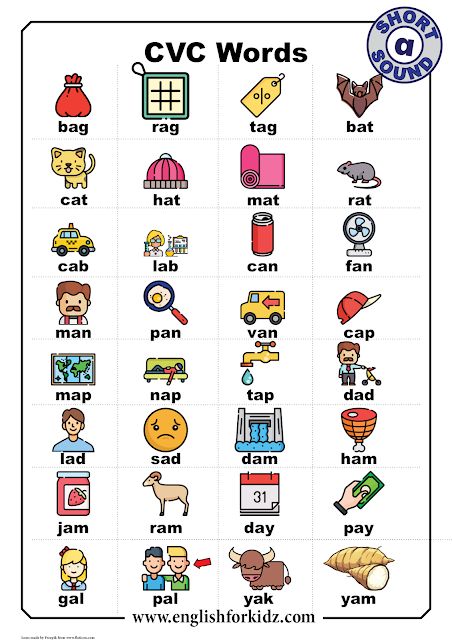 After the first sound, immediately the tongue moves up to pronounce the sound /ɪ/. The second element of the diphthong is pronounced with less intensity. After the first sound, immediately the tongue moves up to pronounce the sound /ɪ/. The second element of the diphthong is pronounced with less intensity. | i in an open syllable in words with mute ending e wr i te, f i ve, d i e, d0006 P I NT EYEE EI EI Theer, N EI B 9000 UY , 9000 UY UY 9000 UY 9000 UY 9000 UY 9000 9000 9000 6, G UY UM /eɪ/ | "Hey" The position of the lips as when pronouncing the sound /e/. After the first sound, immediately the tongue moves up to pronounce the sound /ɪ/. The second element of the diphthong is pronounced with less intensity. | a in open syllable R A DIO, F A VOORITE In words with the final dumb E PL A TE, P A 9000 GE 9000 AI P AI 9000 AI 9000 N, SP AI N, R AI N, P AI D AY D AY , AW AY | GR 9000 EA T, BR 9000 T, BR 9000 T, BR k ei EI GHT, V EI L EY Th EY , GR EY | |||||||||||||||||||||||||||||||||||
| / ɔɪ / ɔɪ/ | "OI" The first sound is pronounced a little more, the first sound is pronounced. 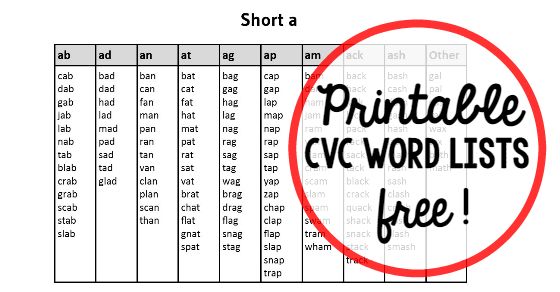 sound /ɒ/. After the first sound, immediately the tongue moves up to pronounce the sound /ɪ/. The second element of the diphthong is pronounced with less intensity. sound /ɒ/. After the first sound, immediately the tongue moves up to pronounce the sound /ɪ/. The second element of the diphthong is pronounced with less intensity. | oi b oi l, sp oi l oy 6 T OY , ENJ OY | | |||||||||||||||||||||||||||||||||||||
| / ɛə / | "EA" Pringes the vowel [e] in a word , after the pronunciation of the weak ə] with a hint of sound [ʌ]. The second element of the diphthong is pronounced with less intensity. air are c ARE , SP ARE | EAR P EAR , T EAR (tear) ERE ERE , Th ERE 9000 9000 9000 9000 9000 9000 9000 9000 9000 9000 9000 9000 9000 9000 9000 9000 9000 9000 9000 9000 th eir | ||||||||||||||||||||||||||||||||||||||
| /ɪə/ | “Ia” Position of the lips as when pronouncing the sound /ɪ/, and then finish with a weak [ə] with a hint of the sound [ʌ]. 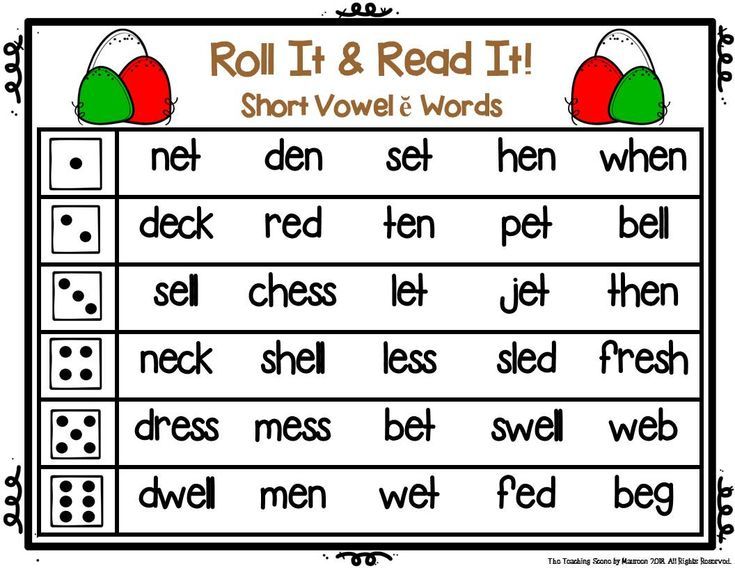 The second element of the diphthong is pronounced with less intensity. The second element of the diphthong is pronounced with less intensity. | eer b eer , d eer ere h ere ear d ear | ier f ier CE EIR W EIR D EA ID , EA L | 3 /əʊ ɔ/, then round the lips a little more and move on to /ʊ/. The second element of the diphthong is pronounced with less intensity. | O at the end of the words S O , Mexic O , AG O In words with the final dumb E ST O NE, h O ME, t, t. 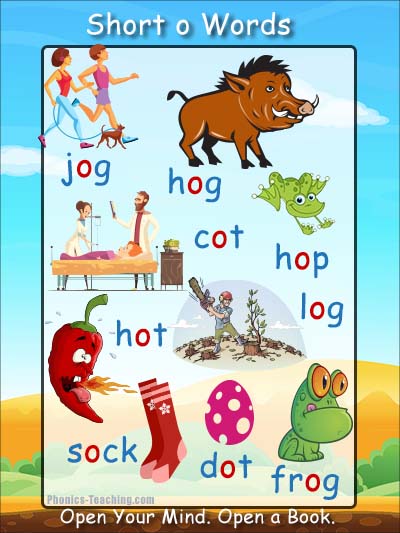 O E O E OA B OA T, C OA ST | Before LD C O LD 9000 ow L OW sometimes OU SH OU LDER | ||||||||||||||||||||||||||||||||||
| /Aʊ / | most ow n ow , br ow n, h ow , t ow EL Most OU H OU SE, OU T, GR OU ND | | ||||||||||||||||||||||||||||||||||||||
| / ʊə / | "POTITION OF GABLS AM POPERATION OF THE POPERATION OF THE POPERATION OF THE POPERATION OF THE POPPITION OF THE POPPIRE OF THE POPPIRE OF THAT ʊ/, but the lips are a little more tense, and then we end with a weak [ə] with a hint of the sound [ʌ]. The second element of the diphthong is pronounced with less intensity. The second element of the diphthong is pronounced with less intensity. | u in open syllable d u ring, j u ry, sec S O, S EE, S IDE at the ends - after a deaf consonant S , Writ ES 9000 9000 SS 9000 9000 9000 CRO 9000 SS 9000 SS 9000 SS 9000 SS FU SS Y (with the exception of Scissors, Possess ) S + consonant LA S T, S CI 9000 C 9000 C 9000 C 000 ENTRE sc Ivent, C YCLE, JUI C Y | Sometimes S at the end of the words BU S SE MOU SE , CEA SE in the middle of words (between vowels) ba s ic | |||||||||||||||||||||||||||||||||||||
| /ʃ/ | "Sh" The sound is similar to Russian Sh, but a little softer | sh sh op, wi SH at the ends with TI- and CI - EDUCA Ti ON, Ini Ti MUSI CI CI 9000 OUS | 9000 CH in words origin ma CH in, CH Ampagne, Ni CH E S In S URANCE, S 9000 URE | 2 | ||||||||||||||||||||||||||||||||||||
| / TAR / TA The sound is similar to Russian Ch, but a little softer. 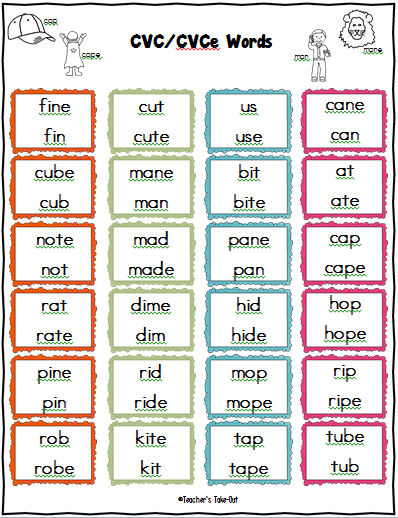 | Ch- Most of the words CH In, Ri CH TCH MA TCH , KI TCH 9000 EN TU- in Suffixes 9000 TU Re, Na TU Re, Pic TU Re, Tempera TU Re | | ||||||||||||||||||||||||||||||||||||||
| / ʒ / | "F" Sound is similar to Russian, but much softer. The middle part is raised up, the tip is slightly raised. Compared to Russian, Zh is pronounced in the middle (and not in the front) part of the mouth. | Before the ends of C -U or -I PLEA SU Re, U SU Al, VI SI | -GE (in words of French) BEI 9000 GE 6 , gara ge | |||||||||||||||||||||||||||||||||||||
| /dʒ/ | J Pronounced like /tʃ/, but louder. When pronouncing /d/, the tip of the tongue is raised up and pressed against the alveoli (tubercles at the base of the upper teeth), then the tongue is transferred to the middle part of the mouth and soft /ʒ/ is pronounced | J J AM, J GE, GI, GY Mana GE , A G ENT, G YM, IMA G ANE, ANE, ANE, ANE, ANE, ANE, ANE, ANE G In G ER (with the exception of GET, Give ) -DGE Ju DG | 9 / J / J / J / J / J / J / J / J / J / J / J / J / J / J / J / J / J / J / J / J / J / J / J / J / J / J / J / J / J / J / J / Y, but with a smaller raising of the tip of the tongue up. | 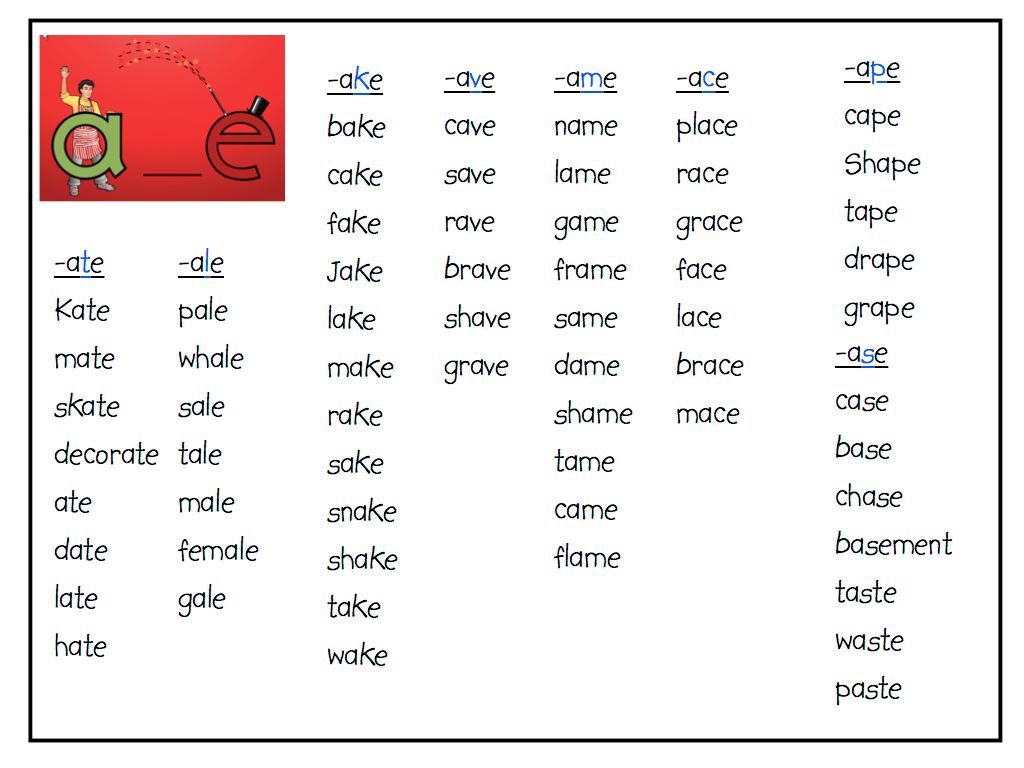 The edges of the back of the tongue are pressed against the upper teeth. The sound comes out through the middle of the tongue. The edges of the back of the tongue are pressed against the upper teeth. The sound comes out through the middle of the tongue. Y at the beginning of the words | Y Ellow, Y OU U sometimes at the beginning of words U NIVERSITY, U Se 9000 9000 after agreed E Autiful, D EW , F EW , Arg U E, QU E UE, M U SIC, N EW , P U Re re, T U NE | at the beginning of words E Urope, E Uropean / Z / | "Z" | Sound is similar to the Russian Z Z Z OO Z Z Z Z Z Z Z Z Z Z Z Z. | 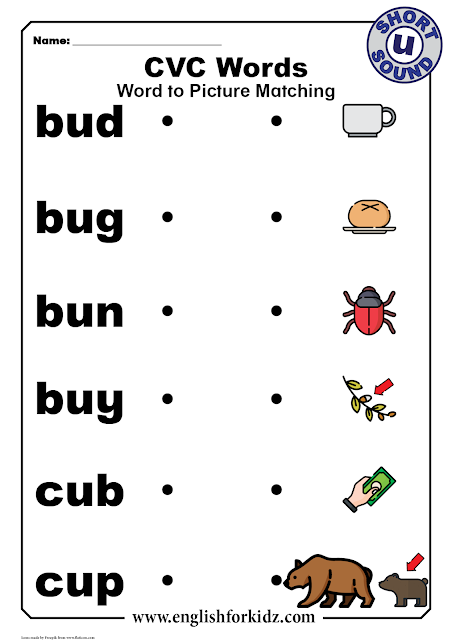 In the middle of the words In the middle of the words MU S IC, PLEA S ANT S, sometimes at the end of the words WA S , HA S at the ends - after the consonant or glasnaya 9,000 DOG S , Add S , Listen S | / H / | "X" (much weaker compared to Russian) | is pronounced on exhalation. Unlike Russian, no bow is made at the back of the mouth. The tongue does not participate in the formation of this sound, but takes a position for the next vowel. h | h ot, h and who0006 o, wh om, wh ole Feeling a bit like spitting. P | P EN, P Ull, Ta P | / B / | "B" | Sound is similar b all, b ottle, ri b | /t/ | "T" round and noisy. | 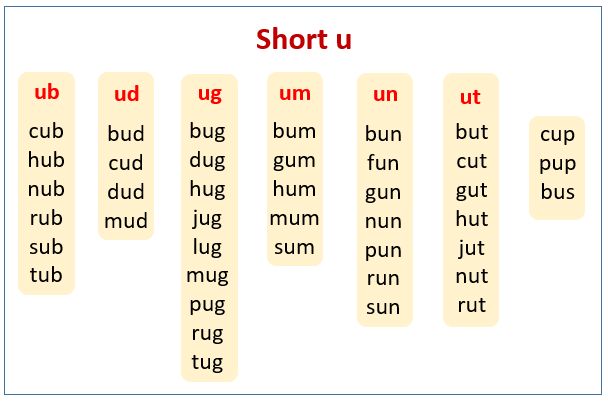 T | T ABLE, T IME | / D / | "D" | Sound is similar to Russian T, but when it pronounces the end of the tongue ( base of the upper teeth), and the sound is more rounded and noisy. D | D Rone, D Ull, MU D | "K" | 9,0005 K. K , AN K LE CK LO CK , SO CK C (except CE, CI, CI) 9000 LUE, C LONE, LONE, c ould | / g / | “G” | is similar to the Russian G G at the end of the words | MU G G , An 9000 G LE In the middle and -Gue at the end of the words LEA GU , Pro GU E, LAN GU Age | / L / | "LAS" | Sound is pronounced during the ON tongue on the alveoli and with a slightly elevated posterior palate. 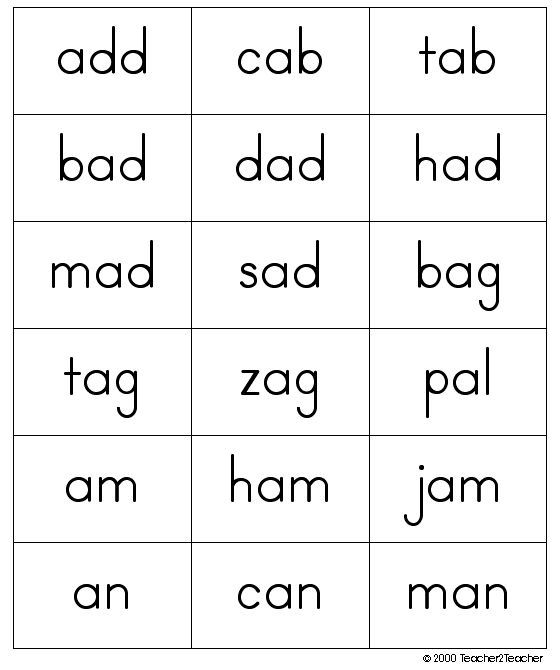 Pronounced something between L and L. The lateral edges of the tongue are lowered, forming a passage for the air stream. Pronounced something between L and L. The lateral edges of the tongue are lowered, forming a passage for the air stream. L, LL | L AMP, L IST, A L IVE, BEL L Y 6 | / R / | 3 "RA from Russian. The tongue lies flat, and then the tip of the tongue rises, folding into a kind of "roll", while not touching anything in the mouth. It is important that in English the tongue does not form a barrier to the movement of air and does NOT vibrate. | r, rr | R EAD, R AW, CO RR ECT WR at the beginning of WR ONG, WR ITE | | M, MM M AY, Re M E M BER, SU MM | | / N / | N" The sound is similar to Russian N. | N N AME, PAI N KN at the beginning of the words KN EE, KN IGHHT | 9 | / » nasal ng si ng , pi ng 0176 | /f/ | "F" | The sound is similar to the Russian F. The lower lip is slightly pressed against the lower teeth. F | STU FF , SA F E, F An PH PH ONE, PH 9000 YSICSS -INSTOMnou gh , tou gh , rou gh , lau gh /v/ | "V" | The sound is similar to the Russian V. 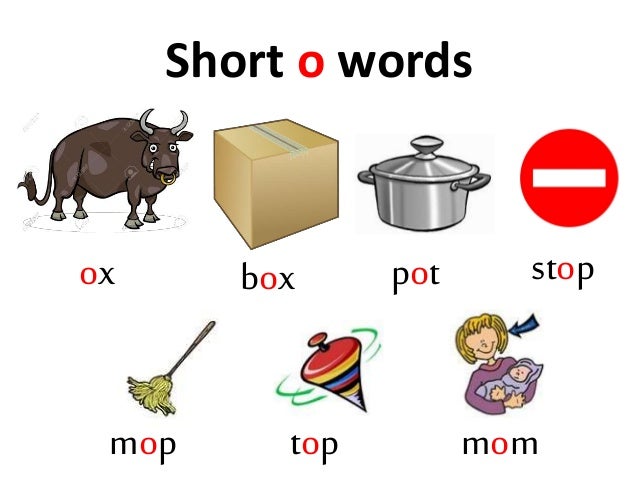 The lower lip is slightly pressed against the lower teeth. The lower lip is slightly pressed against the lower teeth. V | V Ery, Pro V E | / W / | something between B. | A sharp opening without touching the teeth) and release the air. The lips immediately move into position to pronounce the next vowel. w | W AR, W ANT, W In WH- (except WHO) AT, WH EN, WH 9000 Y | 9 /ð/ | Voiced interdental sound. Something between B and Z. We put the tip of the tongue between the teeth and pronounce V. The tongue is flattened and not tense. The tip does not need to be pushed far forward. We make sure that the tongue does not go back and does not rest against the lower teeth, as this can lead to whistling. | 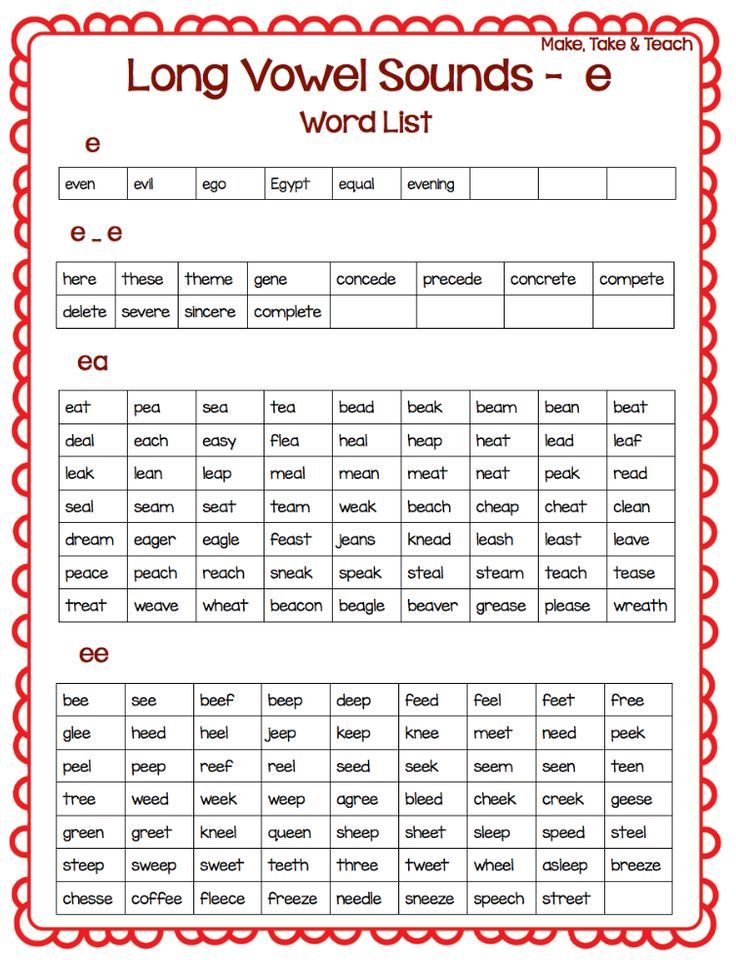 We remove the tip of the tongue inward when pronouncing the next vowel. We remove the tip of the tongue inward when pronouncing the next vowel. Th between vowels | BREA Th E, BA Th E, Bro Th ER At the beginning of some words | 9000 9000 9000 $ 9000 OUG th is th Something between B and Z. We put the tip of the tongue between the teeth and pronounce F. At the same time, the tongue is flattened and not tense. The tip does not need to be pushed far forward. We make sure that the tongue does not go back and does not rest against the lower teeth, as this can lead to whistling. We remove the tip of the tongue inward when pronouncing the next vowel. at the end of the majority words | My Th , PA Th , Wor Th , Heal at the beginning of some words 9000 EME, TH RAU, 9000 RAU th umb, th ing | |
We invite you to our Telegram channel: short lessons on the most important conversational phrases with examples and exercises.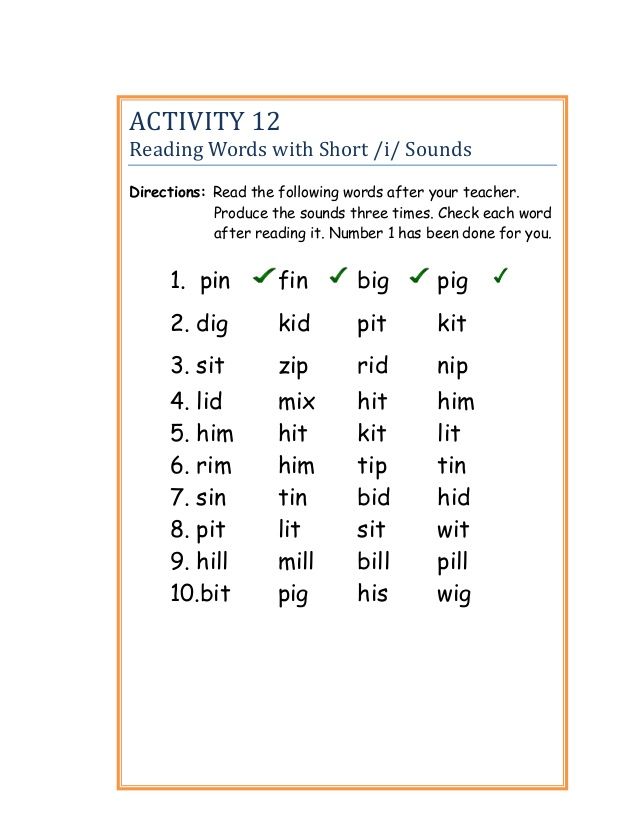 Learn English with pleasure. Subscribe >>
Learn English with pleasure. Subscribe >>
Problem sounds
We have relatively few problems pronouncing English sounds compared to speakers from other language families. However, there are a number of sounds that we need to pay special attention to.
| Sounds | possible errors | Words |
| The tongue is strained and begins to vibrate. It sounds harsh and closer to Russian than to English. | ||
| /w/ | The upper lip touches the lower teeth and the opening of the lips is not fast enough. The sound comes out like /v/ or is even replaced by /v/. | can be confused: W ET - V ET W INE - V In W V EST |
/ upper sky, and the sound is replaced by /n/.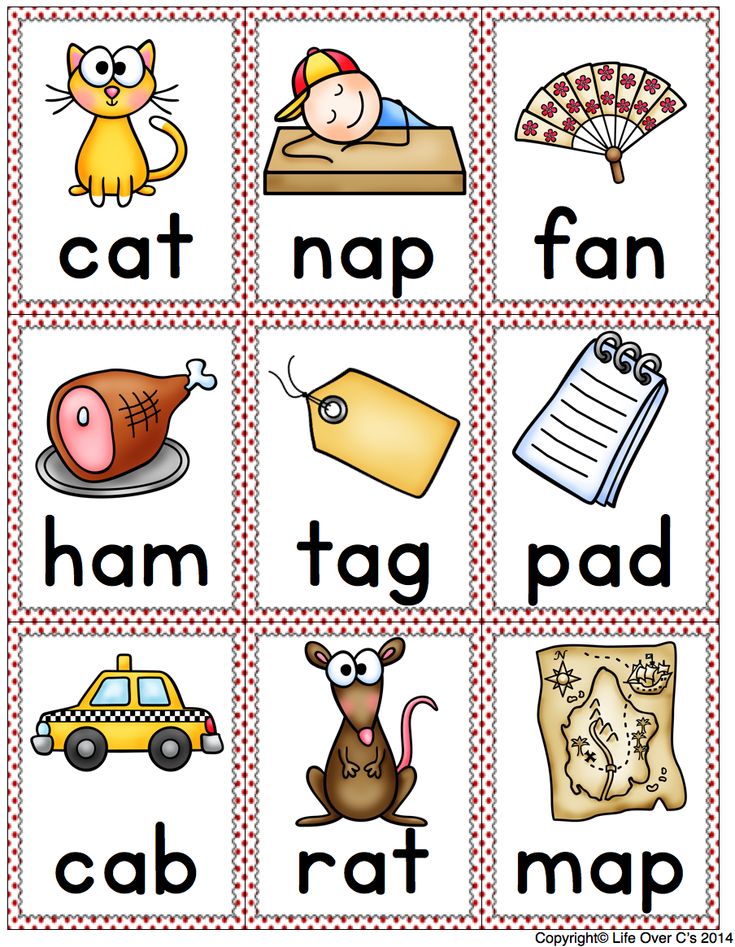 In the popular letter combination NG, an unnecessary /g/ is pronounced. In the popular letter combination NG, an unnecessary /g/ is pronounced. | Si NG , Ri NG , Ki NG Sleepi NG , MAKI NG | |
| 9000 / ð / / θ / | 9 , Can be confused: th ink - s Ink Th ANK - S Ank BO Th - BO SS ICK - S ICK 9000 ING Difficult words: Th REE, Th ROW, Th Rive, Th RouchH, CLO Th ES | |
9000 with vibration of the rear palate.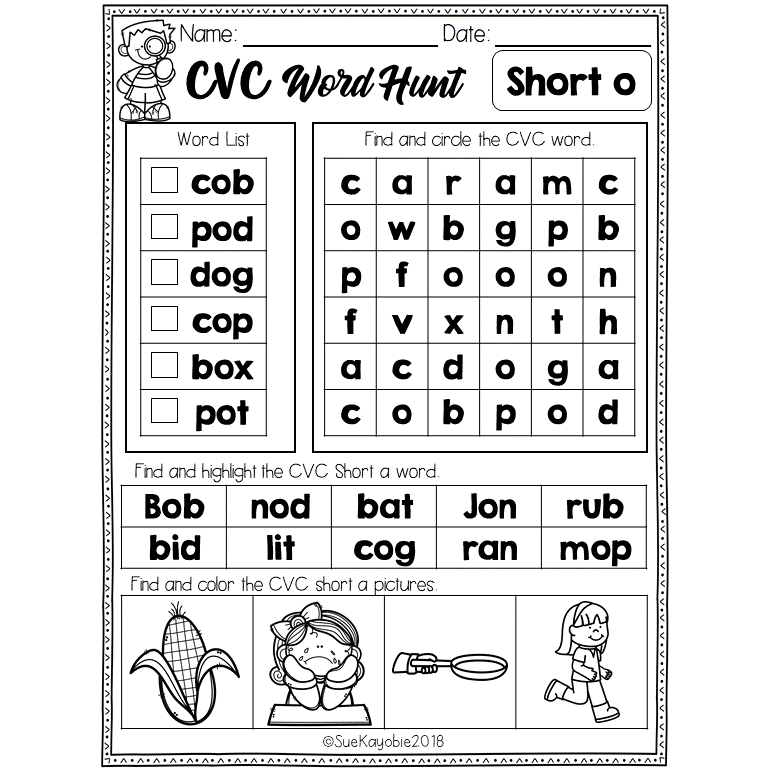 |
Useful online resources
- BBC Learning English video series on pronunciation of sounds in a British accent.
- Sounds by contrast in pairs - English club material
- Perfect Pronunciation cycle from the famous dictionary Merriam Webster. Practice the sounds of the American accent.
- Youtube channel Rachel’s English is also a great resource for learning American English pronunciation (for advanced students)
- Sounds American is another Youtube channel with explanations and exercises for practicing the American accent.
- Learning to pronounce English sounds from an Australian teacher - mmmEnglish .
- Thevoicecafe is an English accent training school. Online exercises, mobile app, Skype lessons.
We invite you to our Telegram channel: short lessons on the most important conversational phrases with examples and exercises.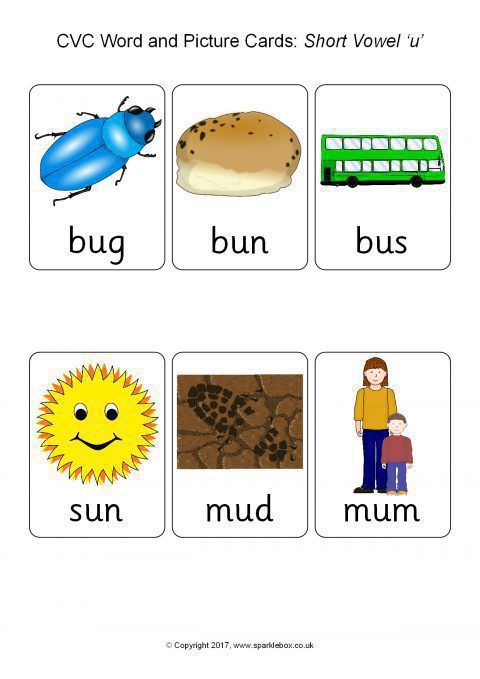 Learn English with pleasure. Subscribe >>
Learn English with pleasure. Subscribe >>
Recommended dictionaries with audio support
Collins English Dictionary is the most up-to-date dictionary for English learners. All possible pronunciations of words are indicated; for many words, videos have been recorded showing how to pronounce these words correctly. The frequency of the word is indicated - how often it is used in colloquial speech - and its most popular combinations.
Oxford Learner's Dictionary (British and American) is an invaluable resource for English learners. Dictionary English-English, however, the description of the term is specially simplified for non-native speakers. The words can be heard in British and American pronunciation. There are voiced lists of words (also in two accents) on all possible topics.
Forvo is a large database of words spoken by native speakers in all possible languages and accents. There is a voiced guide to travel phrases (you need to select Russian in the list of languages).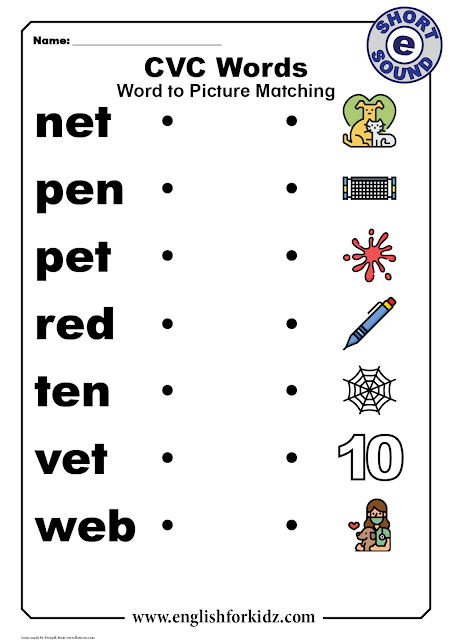
ABBYY Lingvo Live is a Russian resource in collaboration with Collins Dictionary. Two parallel pronunciations are indicated in British and American accents.
The best textbooks for learning English pronunciation
table, transcription and pronunciation, reading
The sounds that English letters represent are the 44 English phonemes, which fall into two categories: consonants and vowels. Since sounds cannot be written down, graphemes (letters or combinations of letters) are used to convey sounds in writing.
English alphabet
There are 26 letters in English. The standard English alphabet starts with a and ends with z.
When classifying alphabetic characters, they distinguish:
- 5 pure vowels: a, e, i, o, u;
- 19 pure consonants: b, c, d, f, g, h, j, k, l, m, n, p, q, r, s, t, v, x, z;
- 2 semivowels: y, w.
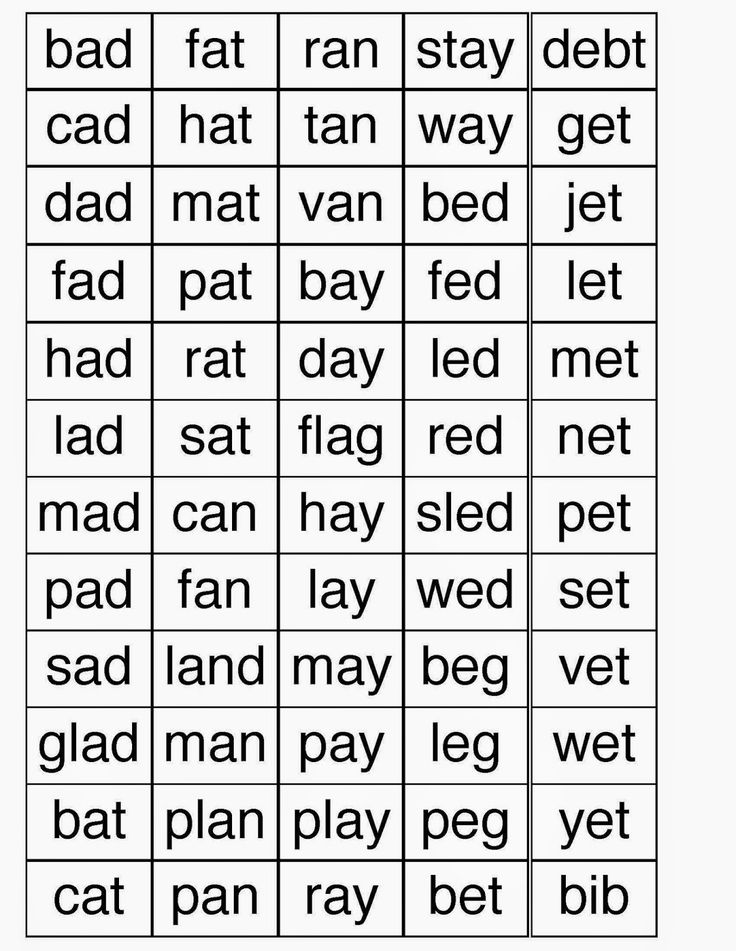
Learning the English alphabet requires knowledge of both the symbol representing each letter and the phonetic sounds associated with that letter. Learning English phonetics is difficult. Only a small number of letters have no exceptions in the main sound.
In most cases, each letter has several phonemes. The letter B sometimes sounds like bat (bet) or does not sound, for example, in the words crumb (krum), dumb (dam). The letter C sounds like "k" for cat (ket) or "c" for ceiling (si:ling), or "tch" for church (tche:tch). And the list of exceptions is endless.
Vowels
Vowels represent the main category of phonemes in English speech. There are 20 vowels in spoken English. This discrepancy (in relation to literal characters) underlies the complexity of writing in English.
| Short | Long | Diphthongs |
| a [æ] | A (ā) [eı] | [eɪ] |
| e [ɛ] | E (ē) [i:] | [aɪ] |
| i [ɪ] | I (ī) [aı] | [ɔɪ] |
| o [ɒ] | O (ō) [ou] | [ɪə] |
| u [ʌ] | U (ū) [ju: ] | [eə] |
| [ʊə] | ||
| [əʊ] | ||
| [aʊ] |
Additional vowels are used for short and long vowels.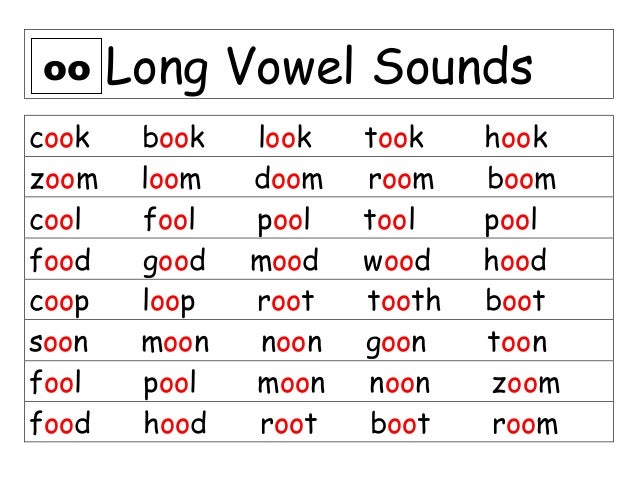 For sounds a and e - when the vowel accompanies the sound r. For o, the options are varied.
For sounds a and e - when the vowel accompanies the sound r. For o, the options are varied.
ARVE Error: Mode: lazyload not available (ARVE Pro not active?), switching to normal mode
ARVE Error: src mismatch
provider: youtube
url: https://www.youtube.com/watch?v=CsD_pOrq0t8
src in org: https://www.youtube-nocookie.com/embed/CsD_pOrq0t8?wmode=transparent&rel=0&feature=oembed
src in mod: https://www.youtube-nocookie.com/embed/CsD_pOrq0t8?wmode=transparent&rel=0
src gen org: https://www.youtube-nocookie.com/embed/CsD_pOrq0t8
Consonants
| Silent | Voiced | Other |
| p | b | c |
| t | d | h |
| k | g | |
| f | v | l |
| s | z | m |
| n | ||
| q | ||
| r | ||
| w | ||
| x | ||
| and |
Alphabetical order
Transcription and stress
Phonetic transcriptions tell about the pronunciation of words.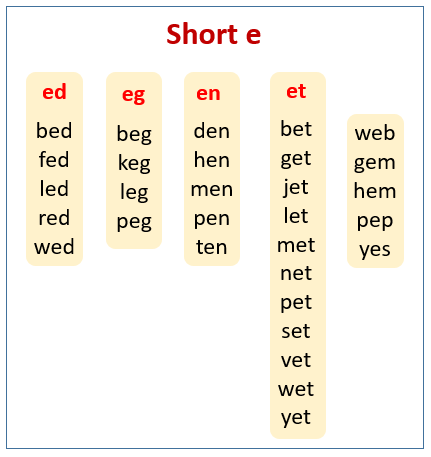 In English dictionaries, this is a necessary condition, since the spelling does not say how the word is pronounced.
In English dictionaries, this is a necessary condition, since the spelling does not say how the word is pronounced.
Phonetic transcriptions are written in the International Phonetic Alphabet (IPA), in which each English sound is assigned its own symbol. For example, the IPA-based phonetic transcription of the word home is /hoʊm/, the transcription of come is /kʌm/, despite the fact that the spelling of the words is similar (both end in –ome), but are transcribed with differences.
| Vowels | Consonants |
| - | b |
| ɑ: | d |
| æ | f |
| e | g |
| ə | h |
| ɜ:ʳ | |
| ɪ | k |
| i: | l |
| ɒ | m |
| ɔ: | n |
| - | ŋ |
| u: | p |
| aɪ | r |
| aʊ | s |
| eɪ | ʃ |
| or | t |
| or | tʃ |
| eəʳ | θ |
| ɪəʳ | to |
| ʊəʳ | v |
| w | |
| z | |
| - | |
| dʒ |
The rules do not fully cover aspects of stress in English words.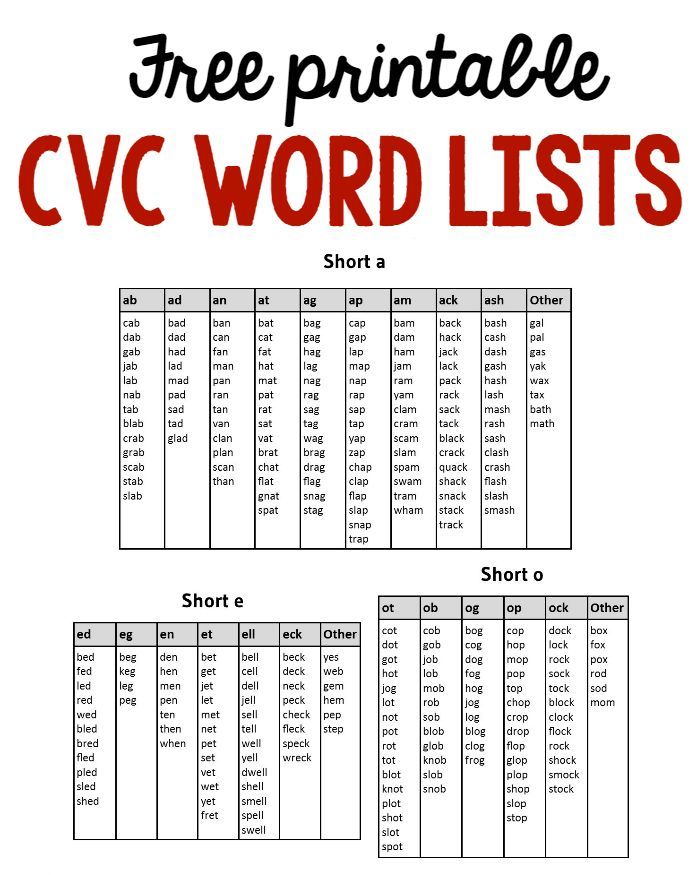 The language is characterized by the presence of exceptions, and the English themselves make mistakes, especially in polysyllabic words.
The language is characterized by the presence of exceptions, and the English themselves make mistakes, especially in polysyllabic words.
But obviously some basic rules still apply:
- In 80% of two-syllable nouns and adjectives, the stress falls on the first syllable: PURple, PREsent, CARton, TABle, CLEver, CHIna.
- In most verbs and two-syllable prepositions, the stress falls on the second syllable: reLAX, beCIN, deCIde, betWEen.
- The English language has many two-syllable words of the same spelling that will refer to nouns or verbs depending on whether the stress falls on the first or second syllable. For example, PREsent as a noun, but if the second syllable of preSENT is emphasized, it becomes a verb, or OBject and obJECT.
- The stress falls on the syllable before the suffix if the "ending" begins with the letters i or u: -ion, -ual, -uous, -ial, -ient, -ious, -ior, -ic, -ity, and so on .
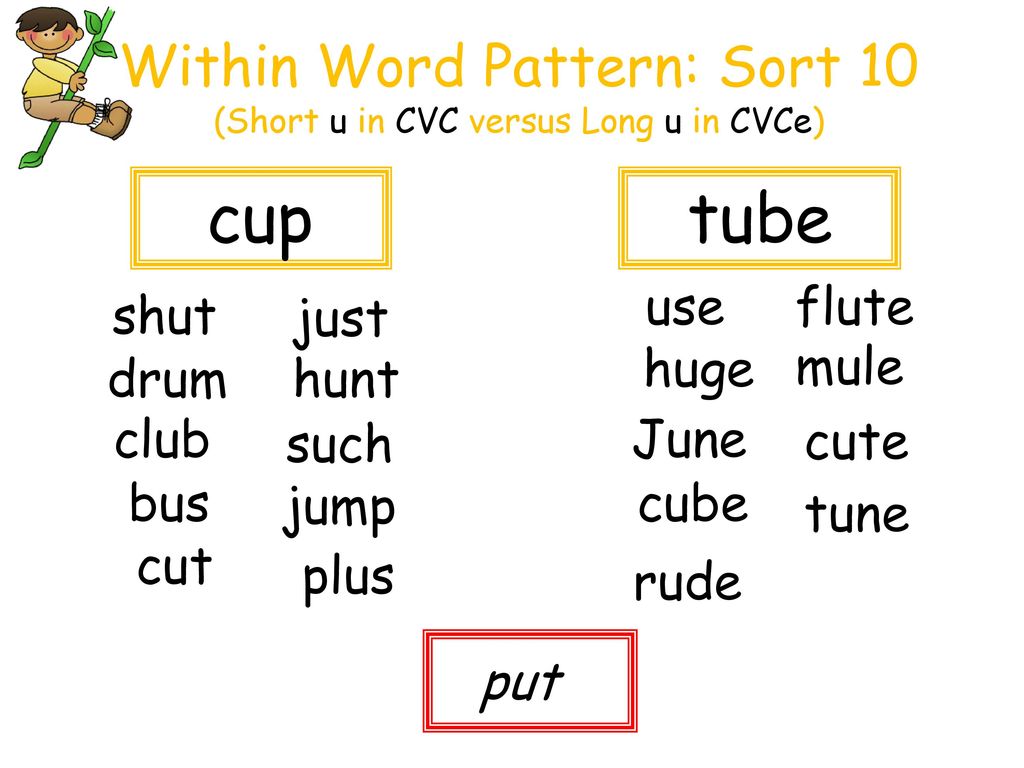 Examples: sufFICient, explaNAtion, residual, geoGRAPhic. The exceptions are -ist, -ism, -ize, and -ing.
Examples: sufFICient, explaNAtion, residual, geoGRAPhic. The exceptions are -ist, -ism, -ize, and -ing. - Other suffixes do not affect word stress: -al, -ous, -ly, -er, -ed, -ist, -ing, -ism, etc. The stress falls on the first syllable. ORderly, Silently
- Words ending in consonants or y are stressed on the first syllable: RARity, OPtimal.
Prefixes in two-syllable words are not stressed except in certain nouns or adjectives. Two-syllable nouns beginning with a prefix are studied individually.
English consonants
There are fewer consonants in the English alphabet than there are consonants. Therefore, digraphs like "ch", "sh", "th" and "zh" are used to expand the alphabet, and some letters and digraphs represent more than just one consonant. For example, the sound written "th" in this is transcribed as /ð/, and "th" in thin is /θ/.
English consonants are classified by their combination of functions:
- Method of articulation (how air leaves the vocal tract).
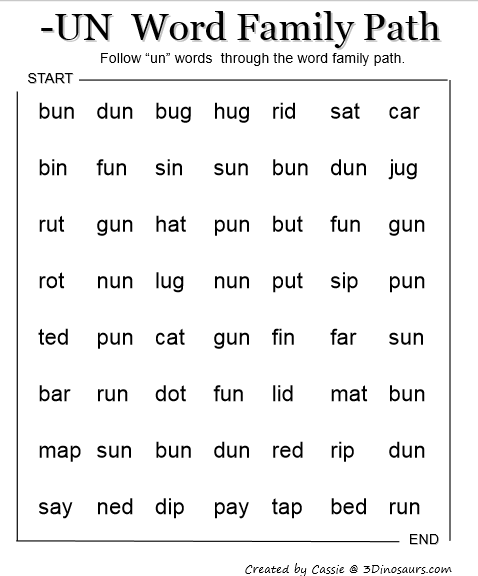
- Place of formation (which authorities are involved).
- Phonation (how vocal chords vibrate).
- Voicing start time (time of sounds formation), aspiration is part of the function.
- Airflow mechanism (how air moves through the vocal tract).
- The length of (how long a consonant is blocked) is a feature of the English language, such as wholly /hoʊlli/ and holy /hoʊli/.
- Articulation power.
In addition, there is a function "mute alveolar stop" , /t/ when the airflow mechanism is lowered.
According to the method of formation, consonants are divided into:
- Proximants: j, w, r.
- Nine fricative consonants: f, v, θ, ð, s, z, ʃ,ʒ,h.
- Lateral approximant: l.
- Two affricative sounds: tʃ and dʒ.
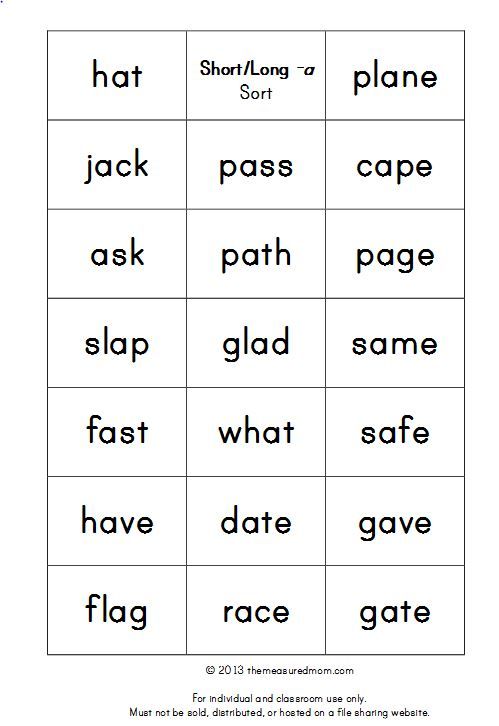
- Six plosives: p,b, t, d, k, g.
- Nasal consonants: m, n, ŋ.
The sound - [x] - a voiceless fricative - is non-standard for the English language. Although in some original words, such as ugh (ugh!), Is an additional marker of irritation. In writing, the fricative is represented as "gh".
Are you tired of learning English for years?
Our readers recommend trying 5 free lessons of the ENGLISH TO AUTOMATIC course with Anastasia Bozhok.
Those who attend even 1 lesson learn more than in a few years! Surprised?
Get 5 free lessons here...
No homework. Without teeth. Without textbooks
From the course "ENGLISH TO AUTOMATIC" You:
- Learn how to write good sentences in English without grammar
- Learn the secret to a progressive approach that can reduce your English learning from 3 years to 15 weeks
- You will check your answers instantly + get a thorough analysis of each task
- Download dictionary in PDF and MP3 formats , learning tables and audio recording of all phrases
Get 5 free lessons here
Features of English consonants
A consonant combination is a set of two or three consonant letters that retain their original sound when pronounced.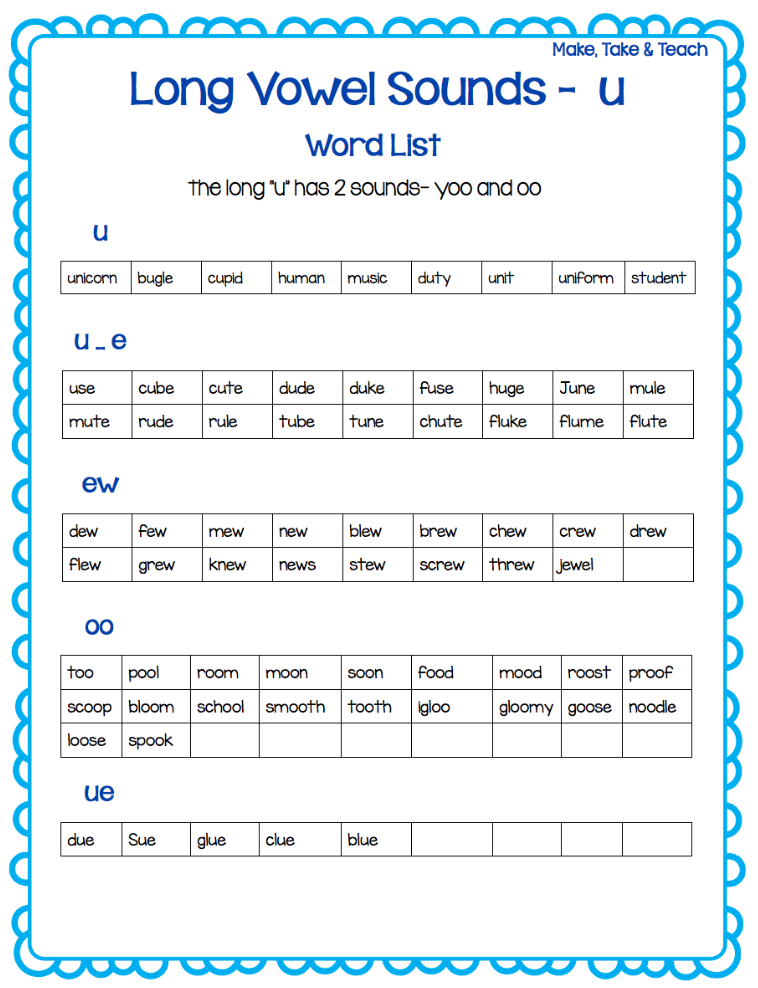 Such sets occur either at the beginning or at the end of a word. For example, the word brave, in which both "b" and "r" are pronounced, is the initial combination. In the word bank "-nk" is the final combination.
Such sets occur either at the beginning or at the end of a word. For example, the word brave, in which both "b" and "r" are pronounced, is the initial combination. In the word bank "-nk" is the final combination.
Classification:
- Initial combinations are classified into sets with "l", "r", and "s". In "l", the combination ends with "l". An example would be the letters "bl" in the word blind. Similarly, the final sound in "r" in combination with "r" when "br" and "cr", for example, in the words bridge, crane. On the contrary, in "s" it starts with s, "st" and "sn" - stap, snail.
- End combinations are grouped into sets with "s", "l" and "n": -st, -sk, -ld, -nd, -nk. Examples, first, desk, gold, sand, sink.
ARVE Error: Mode: lazyload not available (ARVE Pro not active?), switching to normal mode
ARVE Error: src mismatch
provider: youtube ?v=4BKtACTWlfo
src in org: https://www. youtube-nocookie.com/embed/4BKtACTWlfo?wmode=transparent&rel=0&feature=oembed
youtube-nocookie.com/embed/4BKtACTWlfo?wmode=transparent&rel=0&feature=oembed
src in mod: https://www.youtube-nocookie.com/embed/4BKtACTWlfo?wmode=transparent&rel=0
Consonant digraphs refer to a set of consonants forming one sound. Some digraphs are both at the beginning and at the end of the word - "sh", "ch" and "th". There are also strict initial and final digraphs - "kn-" and "-ck".
Examples of digraphs:
| Ch- | -ch |
| Kn- | - ck |
| Ph- | -sh |
| Sh- | -ss |
| Th- | -th |
| Wh- | -tch |
| Wr- |
Features of digraphs:
- In some cases, consonants become unpronounceable: the letter b following m; k before m; b and p before t. Examples of words, dumb, know, debt, receipt.
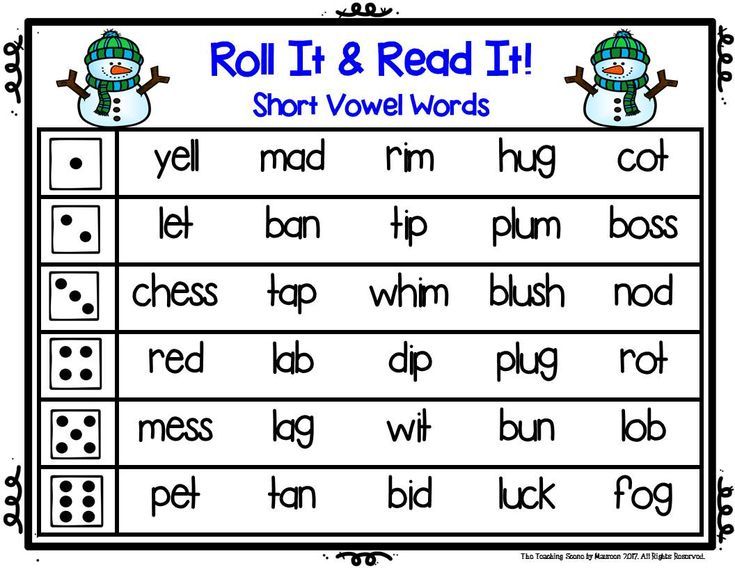 The letter l is often silent, for example, in the words walk, could, palm, psalm, but in words its presence changes the sound of the previous vowel.
The letter l is often silent, for example, in the words walk, could, palm, psalm, but in words its presence changes the sound of the previous vowel. - If a double consonant appears in a word, it is pronounced as one sound - ball or summer
- In English, /h/ occurs as a one-letter grapheme (either unpronounceable or representing a voiceless glottal fricative consonant). There is also a letter in different digraphs, ch, gh, ph, sh, wh. The letter is silent in the words: ah, ohm, dahlia, cheetah, pooh-poohed, hour, honest, vehicle, herb (in American English, but pronounced in British). The initial /h/ is expressed in some function words (had, has, have, he, her, him, his).
English Consonant Pronunciation Chart
[ŋ] is sometimes followed by the sound [g]. [ŋ] if "ng" is at the end of a word or a related word (sing, singer, thing), to "-ing", which translates verbs into participles or gerunds. [ŋg], if "ng" is not at the end of a word or in related words, also in comparative degrees (longer [lɔŋgə], longest). movement of the tongue close to the alveolar ridge, but without touching it Each English vowel is pronounced in three ways: There are 5 vowels in the English alphabet, but sometimes y becomes a vowel and is pronounced like i, and w replaces u, for example, in the digraph ow. Short vowels, which are characterized by a "short" sound, appear when a word has one vowel either at the beginning of a word or between two consonants. For example, if, elk, hop, fan. A typical short vowel pattern is consonant+vowel+consonant (CHS). Words are taught as families that represent groups of words with a common pattern, for example in the pattern "-ag" - bag, wag, tag or "-at" - cat, bat, hat. Rules for reading vowels: Features of reading vowels: The vowel sound in unstressed syllables is expressed by the abbreviated neutral sound ("schwa"), the phonemic symbol /ə/, especially if syllabic consonants are not used. For example: Vowels are divided into monophthongs, diphthongs or triphthongs. A monophthong is when there is one vowel in a syllable, a diphthong is when there are two vowels in a syllable. Let's take a closer look: ARVE Error: Mode: lazyload not available (ARVE Pro not active?), switching to normal mode All vowels are formed from only 12 monophthongs. Every word in English, regardless of spelling, is pronounced using some combination of these sounds. The table shows examples of simple English vowels with Russian pronunciation: Consider some of the features of English transcription: b bag [bæg], band [bænd], cab [kæb] bag, band, cab d d dad [dæd], did [dɪd], lady [leɪdɪ], odd [ɒd] dead, did, lady, od f f, ph, sometimes gh fable [feɪbl], fact [fækt], if [ɪf], off [ɒf], photo [foutou], glyph [glɪf] fable, fact, if, oof, foutow, glyph g g give [gɪv], flag [flæg] giv, flag h h hold [hould], ham [hæm] held, ham j usually represented by y but sometimes by other vowels yellow [jeləʊ], yes [jes], young [jʌŋ], neuron [njʊərɒn], cube [kju:b] ielou, ies, yang, n(b) yueron, k(b) yu:b - the sound j is similar to the vowel sound i:. 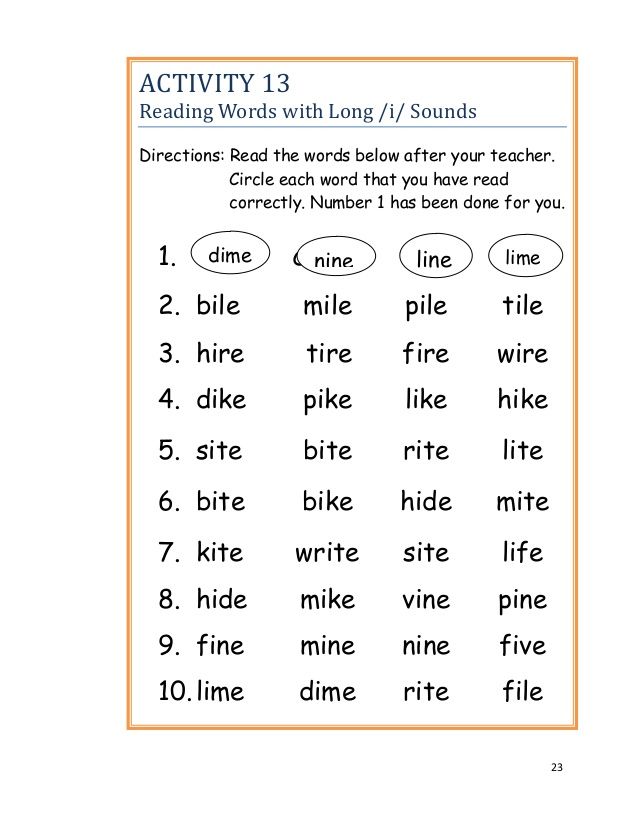
k k, c, q, que, ck, sometimes ch cat [kæt], kill [kil], queen [kwi:n], skin [skɪn], thick [θɪk], chaos [keiɒs] cat, kil, qui:n, sik, keyos l l lane [lein], clip [klɪp], bell [bel], milk [mɪlk], sould [səʊld] lane, clip, bel, milk, sould - has two sound options: pure /l/ before a vowel, “darkened” /ɫ/ before a consonant or at the end of a word m m man [mæn], them [ðem], moon [mu:n] man, zem, mu:n n n nest [nest], sun [sʌn] nest, san ŋ ng ring [rɪŋ], sing [sɪŋ], finger [fɪŋgə] 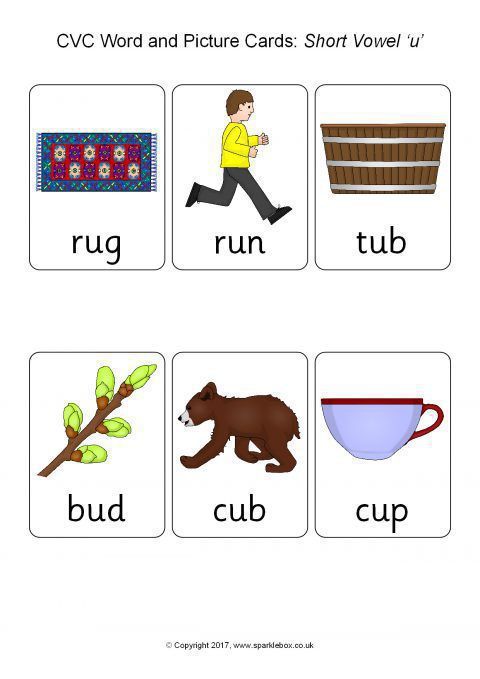
/ring/, /sing/, /finge/ p p pen [pen], spin [spɪn], tip [tɪp], happy [hæpɪ] pen, spin, type, happy r r rat [ræt], reply [rɪplaɪ], rainbow, [reɪnbəʊ] rat, ripple, rainbow - s s, sometimes c see [si:], city[sɪtɪ], pass [pɑ:s], lesson [lesn] si:, pa:s, forest ʃ sh, si, ti, sometimes s she [ʃi:], crash [kræʃ], sheep [ʃi:p], sure [ʃʊə], session [seʃn], emotion [ɪməʊʃn], leash [li:ʃ] shi:, crash, shi:p, shue, session, imashn, li:sh t t taste [teist], sting [stɪŋ] test, sting tʃ ch, sometimes t chair [ʧɛə], nature [neɪʧə] teach [ti:ʧ] beach [bi:ʧ] t che e ne t che, ti: t h, bi: t h θ th thing [θɪŋ], teeth [ti:θ], Athens [æθɪnz[ sing, ty: t s, e t voiceless fricative - th this [ðɪs], mother [mʌðə] d sis, ma d ze – voiced fricative v v, sometimes f voice [vɔɪs], five [faɪv], of [ɔv] voice, file, ov w w, sometimes u wet [wet], window [wɪndəʊ], queen [kwi:n] in in no, in in indeu, ku in i:n - [w] is similar to [u:] z z zoo [zu:], lazy [leɪzɪ] zu: lazy - g, si, z, sometimes s genre [ʒɑːŋr], pleasure [pleʒə], beige [beɪʒ], seizure [si:ʒə], vision [vɪʒən] genre e , Pleasure, Beige, B:Je, Vision dʒ j, sometimes g, dg, d gin [ʤɪn], joy [ʤɔɪ], edge [eʤ] gin, joy, ej English vowels
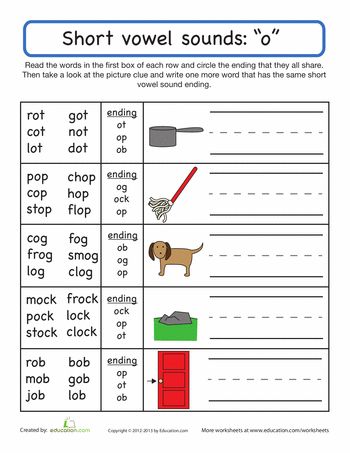
Rules for reading vowels
Sound Letter Examples [æ] a rag, sag, ram, jam, gap, sap mat [ɛ] and hen, pen, wet, bet, let [ɪ] and pig, wig, dig, pin, win, tin, tin, bit [ɒ] or hop, pop, top, hot, pot, lot [ʌ] and bug, lug, tug, hut, but, cut
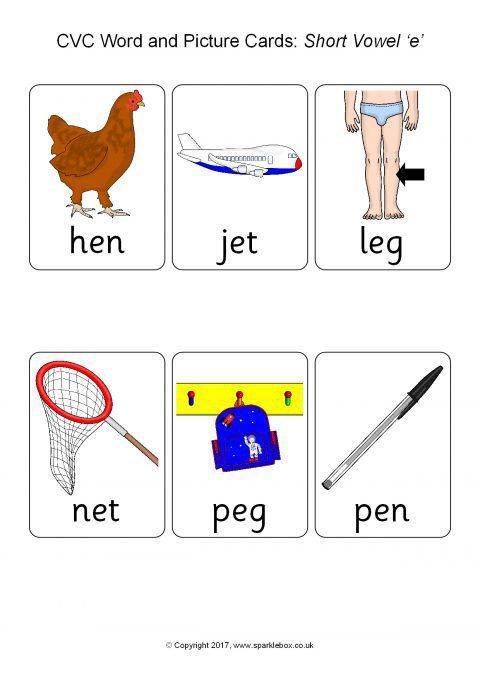
Sound Writing Examples A [eı] ai, ay, a+consonant+e name, mail, grey, ace E [i:] e, ee, ea, y, ie ,ei, i+consonant+e he, deep, beast, dandy, thief, receive, elite I[aı] i, i+gn, igh, y, i+ld, i+nd mine, sign, high, sky, wild, kind O [ou] o+consonant +e, oa, ow, o+ll, ld tone, road, note, know, roll, bold U[ju:] ew, ue, u+consonant+e few, due, tune 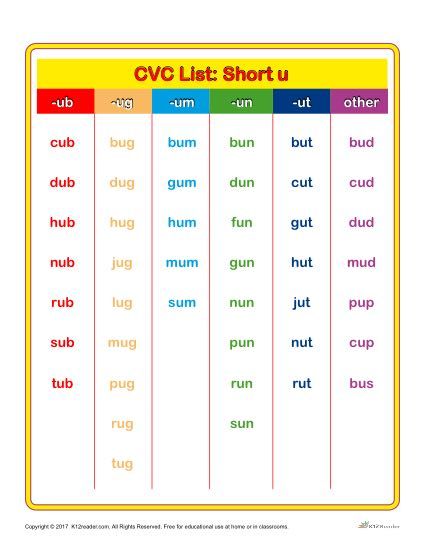
Features of vowel sounds in English
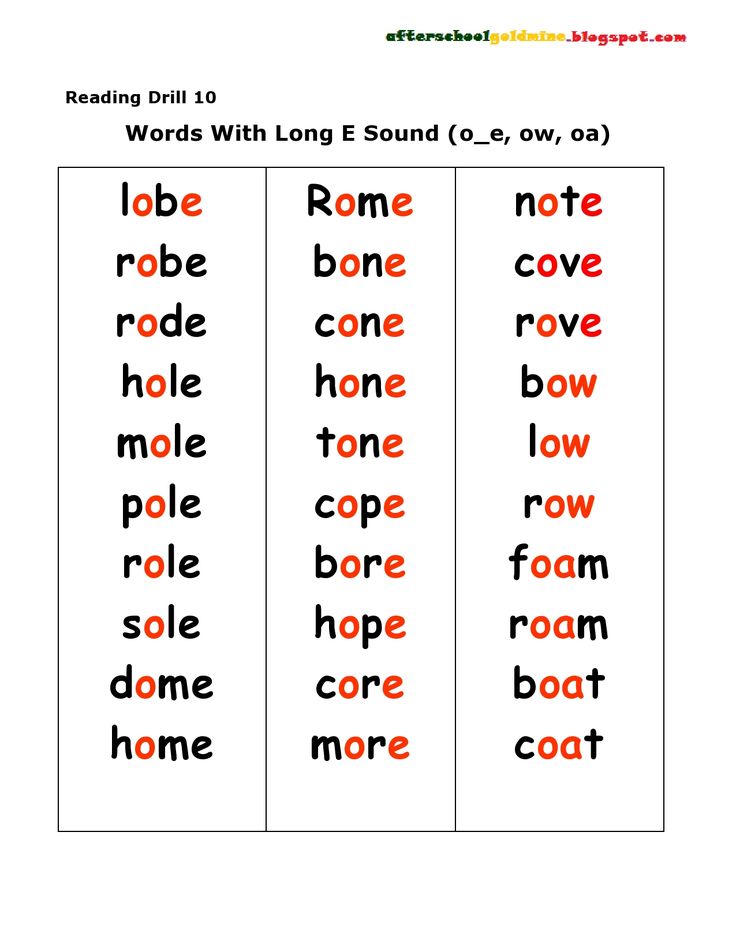 Technically, the tongue (or other parts of the vocal apparatus) moves when a vowel is pronounced - the first position is stronger than the second. In the transcription of a diphthong, the first character is the starting point of the body of the language, the second character is the direction of movement. For example, you should know that in /aj/ the body of the tongue is in the bottom center position represented by /a/ and immediately starts moving up and forward to the position for /i/.
Technically, the tongue (or other parts of the vocal apparatus) moves when a vowel is pronounced - the first position is stronger than the second. In the transcription of a diphthong, the first character is the starting point of the body of the language, the second character is the direction of movement. For example, you should know that in /aj/ the body of the tongue is in the bottom center position represented by /a/ and immediately starts moving up and forward to the position for /i/. 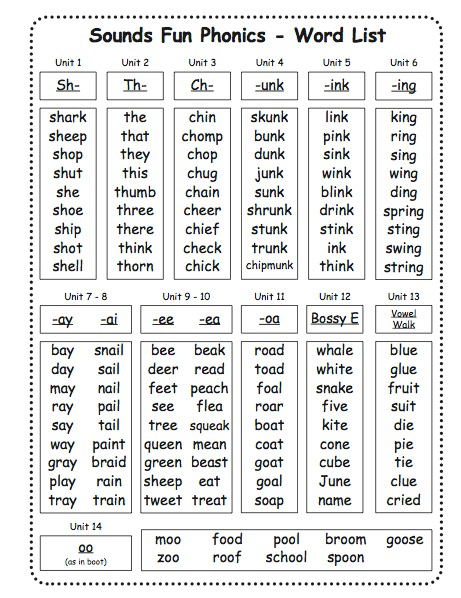
ARVE Error: src mismatch
provider: youtube ?v=hFhW0NQTBV0
src in org: https://www.youtube-nocookie.com/embed/hFhW0NQTBV0?wmode=transparent&rel=0&feature=oembed
src in mod: https://www.youtube-nocookie.com/embed/hFhW0NQTBV0?wmode=transparent&rel=0
src gen org: https://www.youtube-nocookie.com/embed/hFhW0NQTBV0 simple English vowels
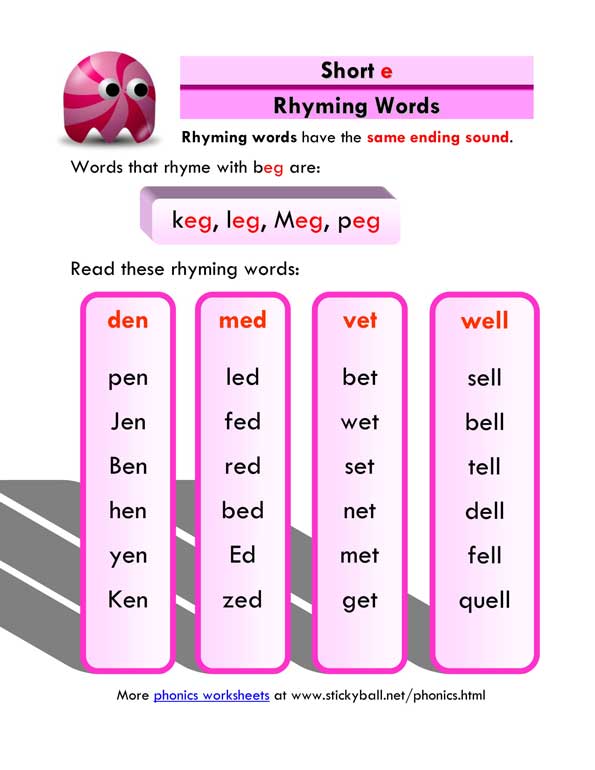
[ɪ] pit, kiss, busy pete, kitty, beezy [e] egg, let, red eg, years, revision [æ] apple, travel, mad apple, travel, med [ɒ] not, rock, copy music, rock, mine [ʌ] cup, son, money cap, dignity, mani [ʊ] look, foot, could bow, foot, cool [ə] ago, away egeu, evai [i:] be, meet, read bi:, mi:t, ri:d [ɑ:] arm, car, father a:m, ka:, fa: d ze [ɔ:] door, saw, pause to:, from:, to: from [ɜ:] turn, girl, learn cho:n, gyo:l, le:n [u:] blue, food, too blu:, fu:d, tu: Diphthong pronunciation table
[eɪ] day, pain, rein dei, pein, rein [oʊ] cow, know kou, nou [aɪ] wise, island visa, island [aʊ] now, trout nau, trout [ɔɪ] noise, coin noiz, coin [ɪə] near, hear nee, chie [ɛə] where, air w w , w w [ʊə] pure, tourist p (b) yue, tu e rist Learn the transcription of English words
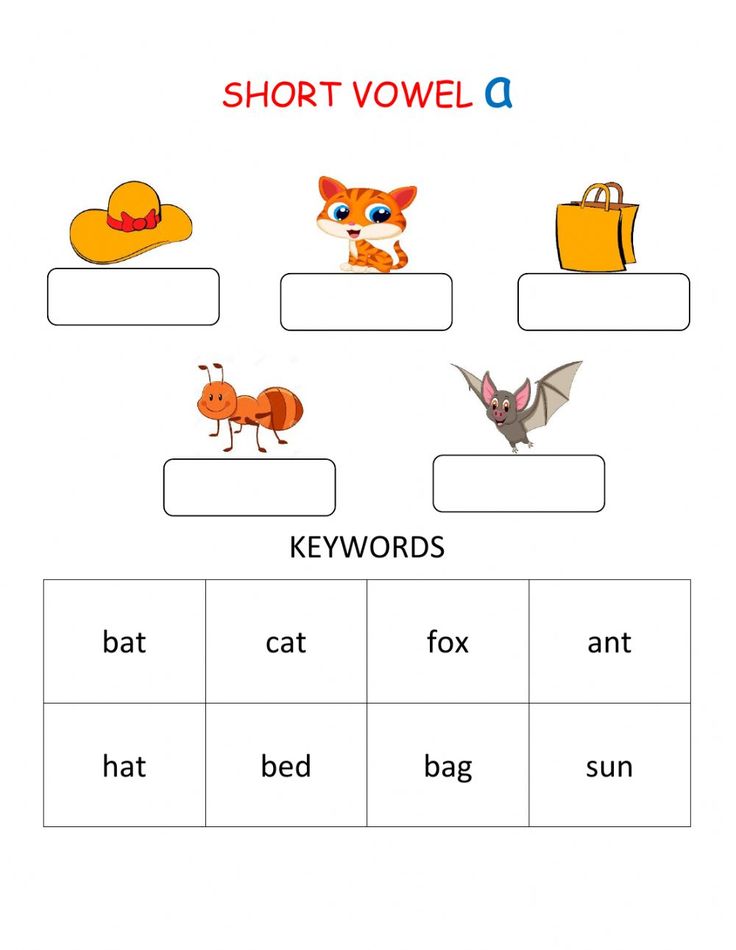 The reason for this is the difference between phonetics and phonemics, this is already a topic of linguistics.
The reason for this is the difference between phonetics and phonemics, this is already a topic of linguistics. 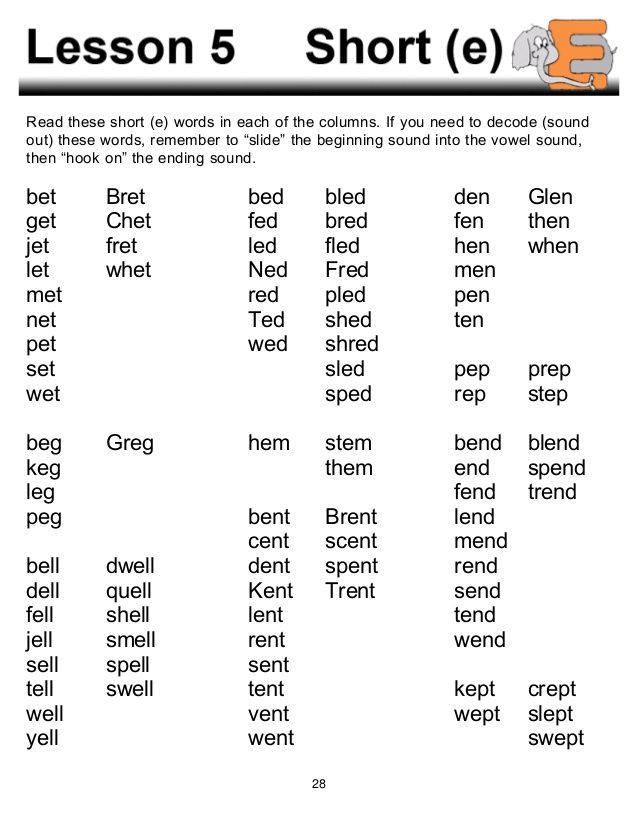
Learn more

